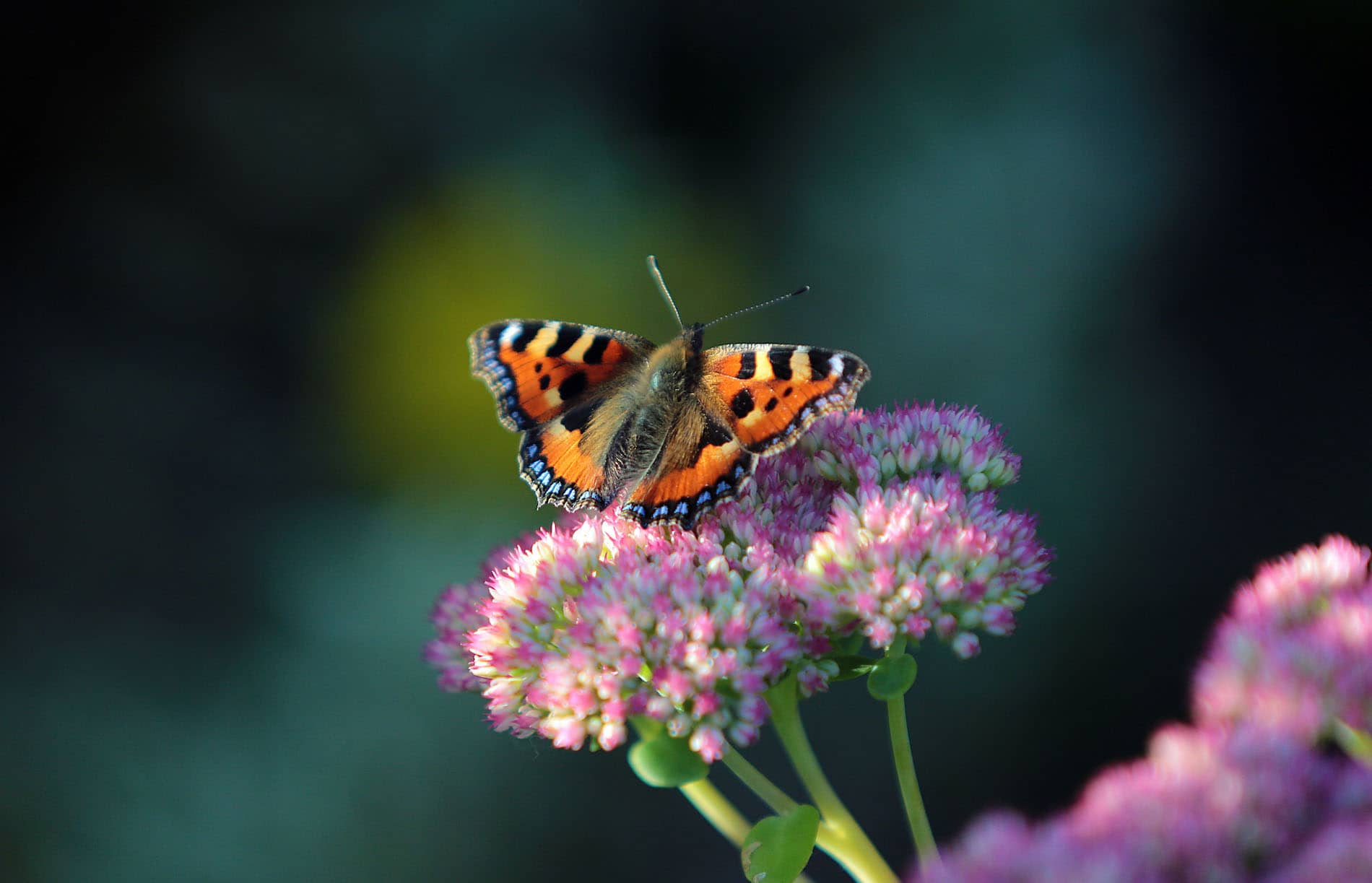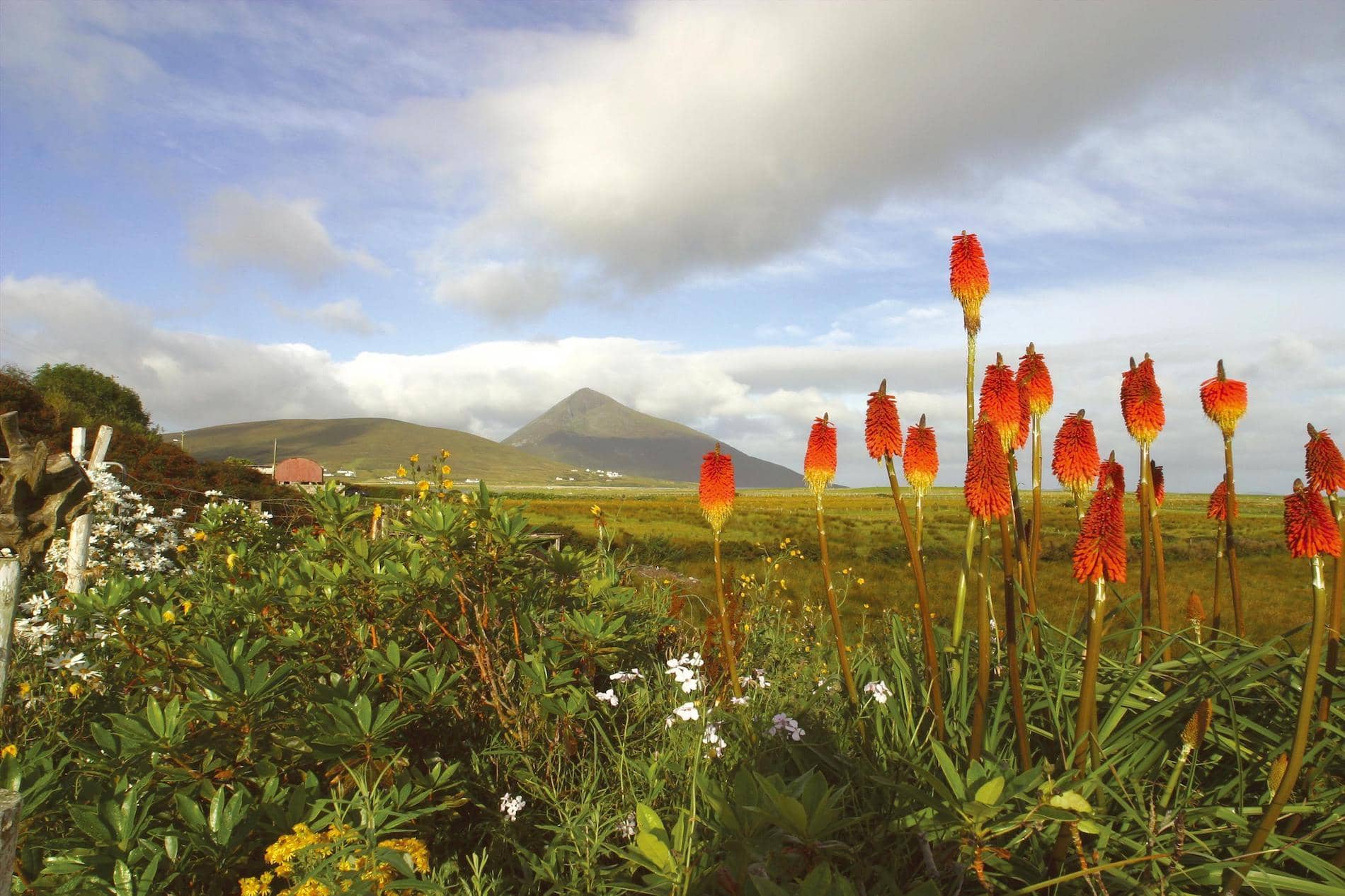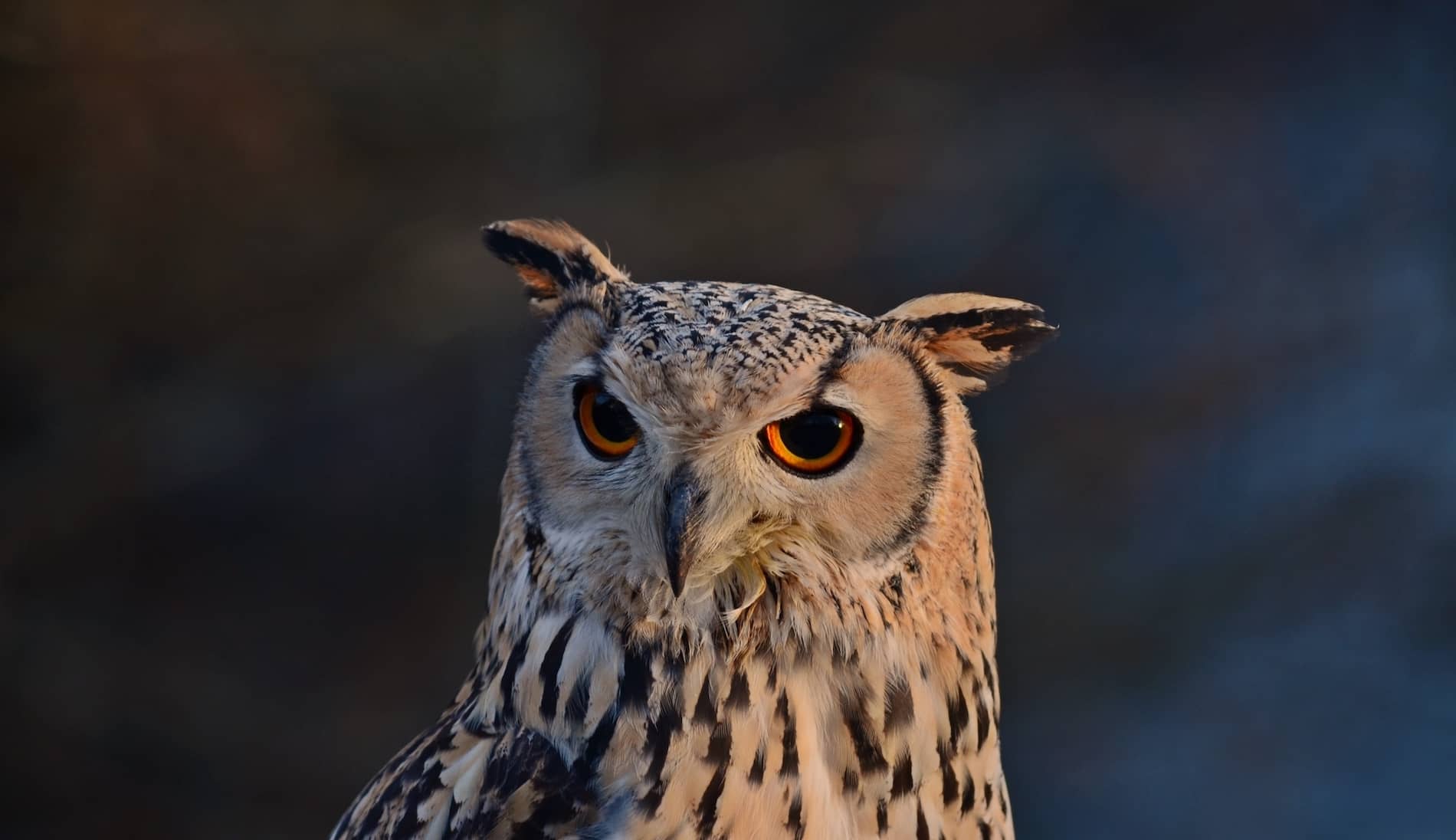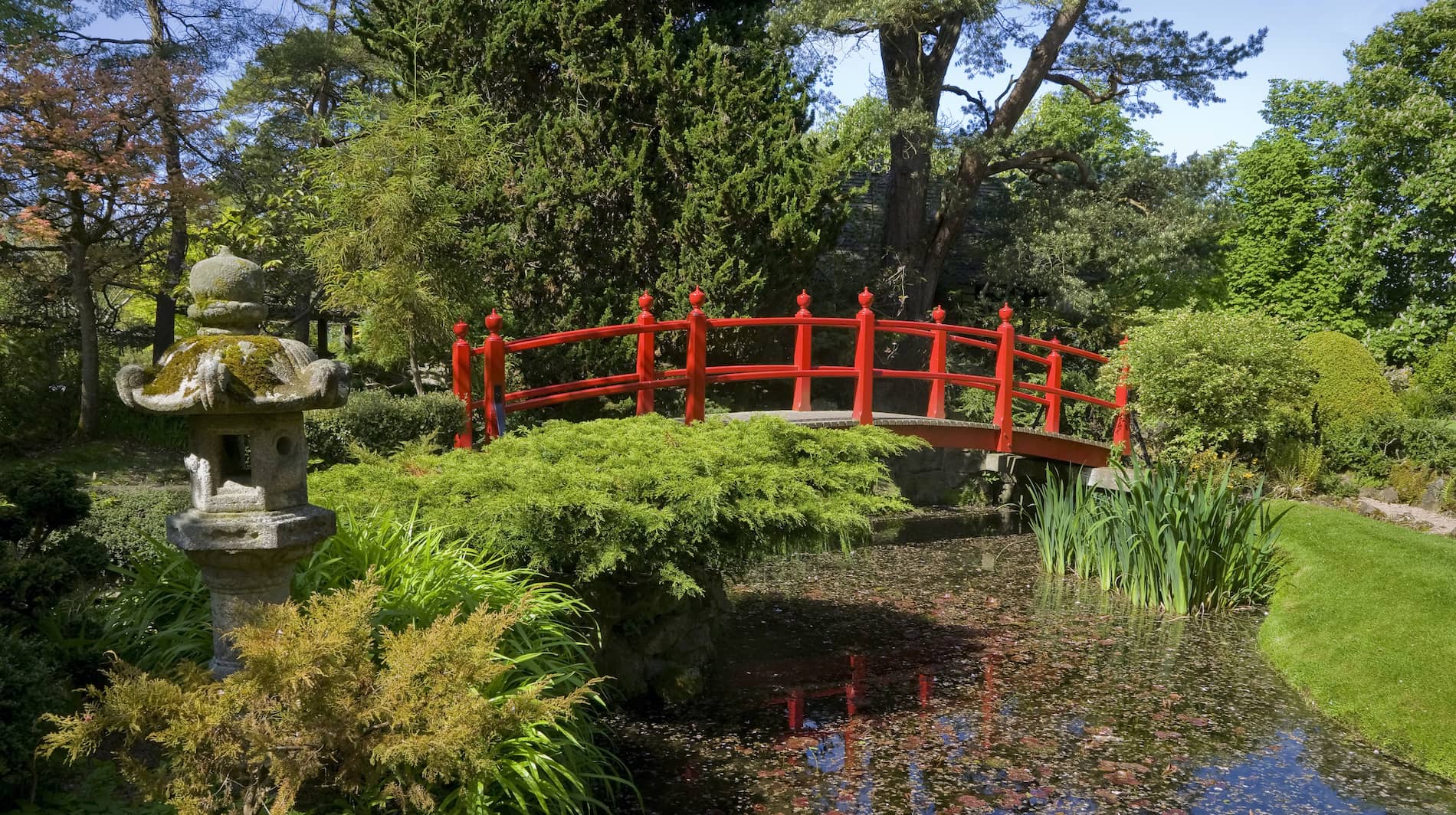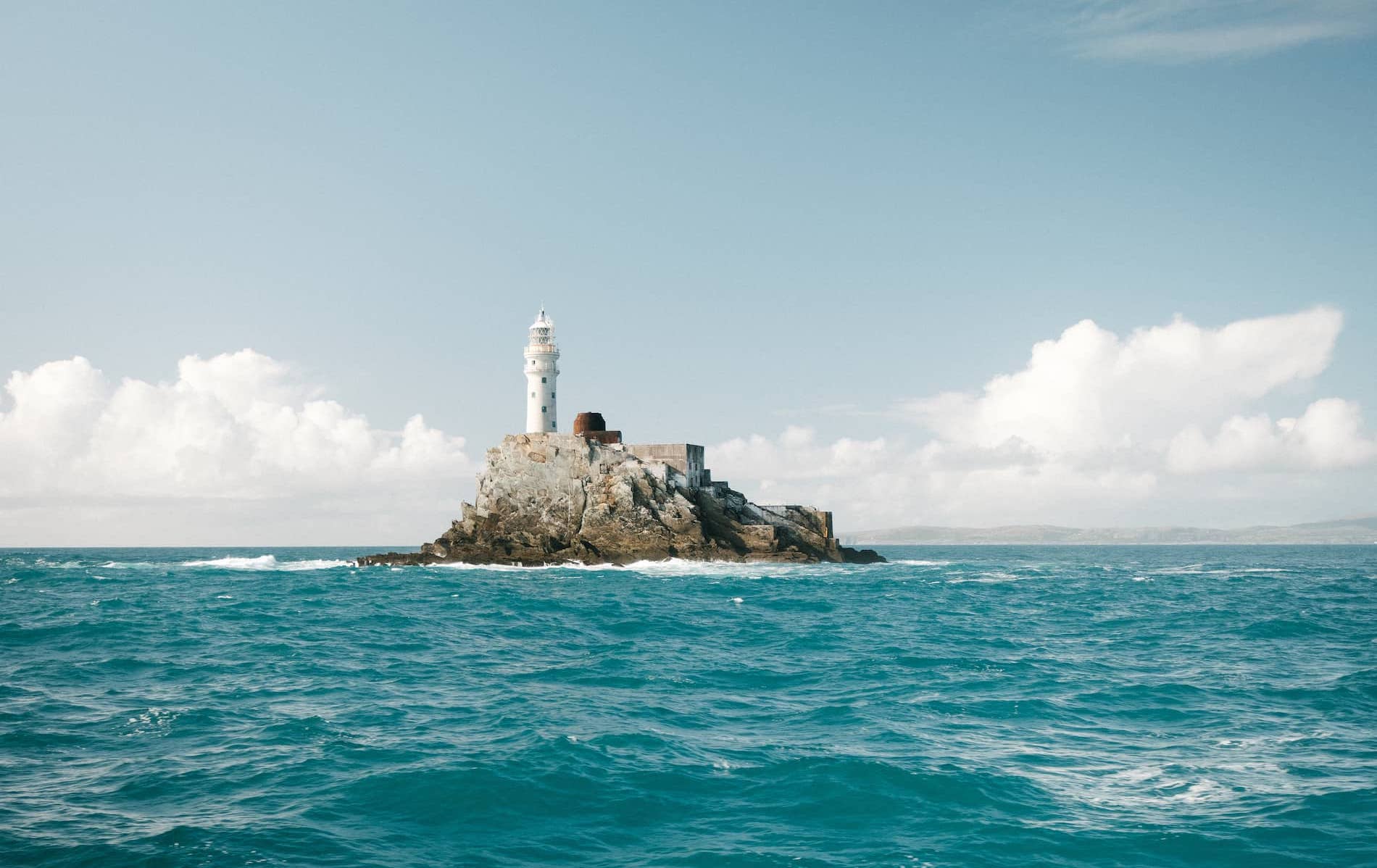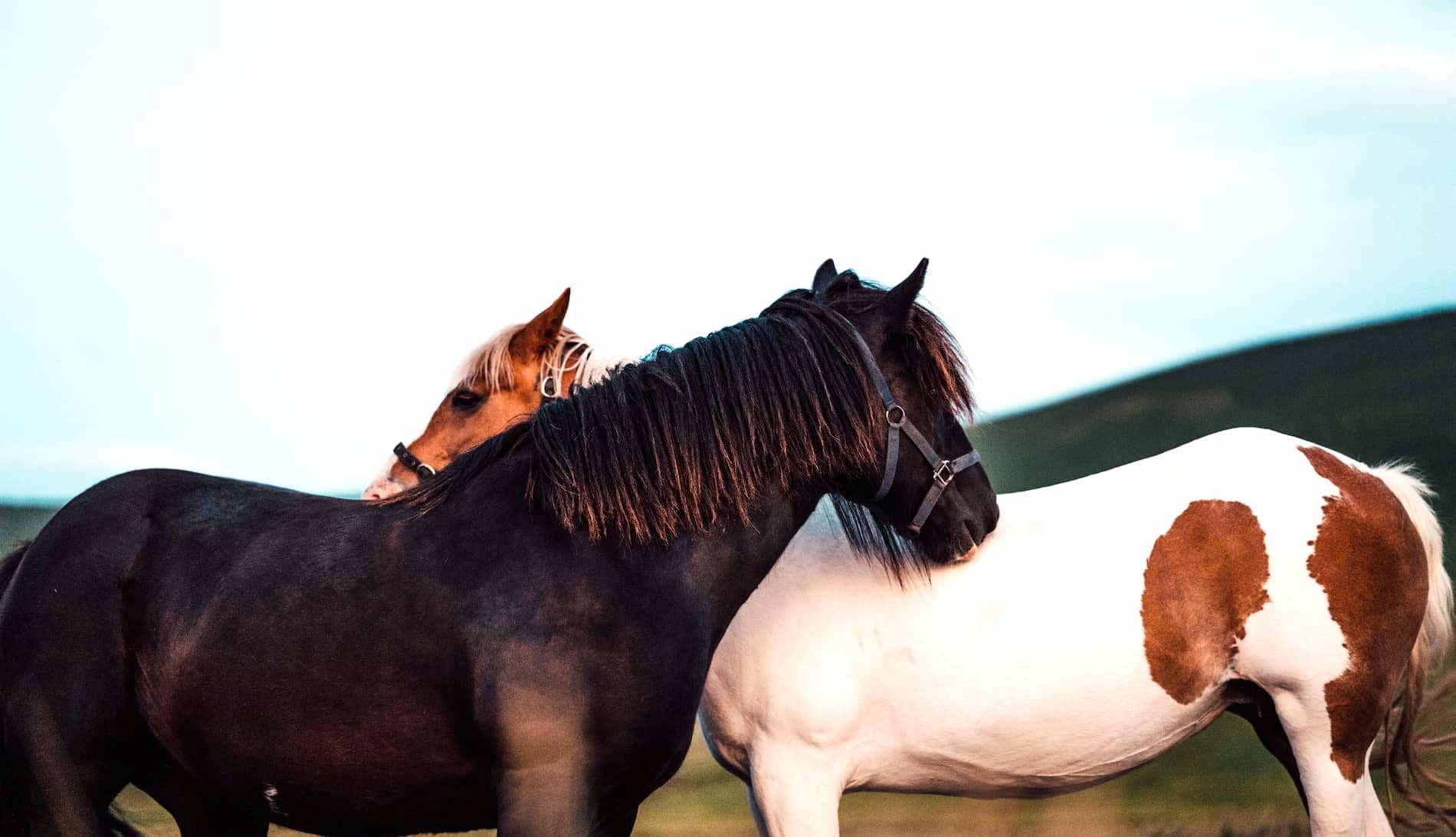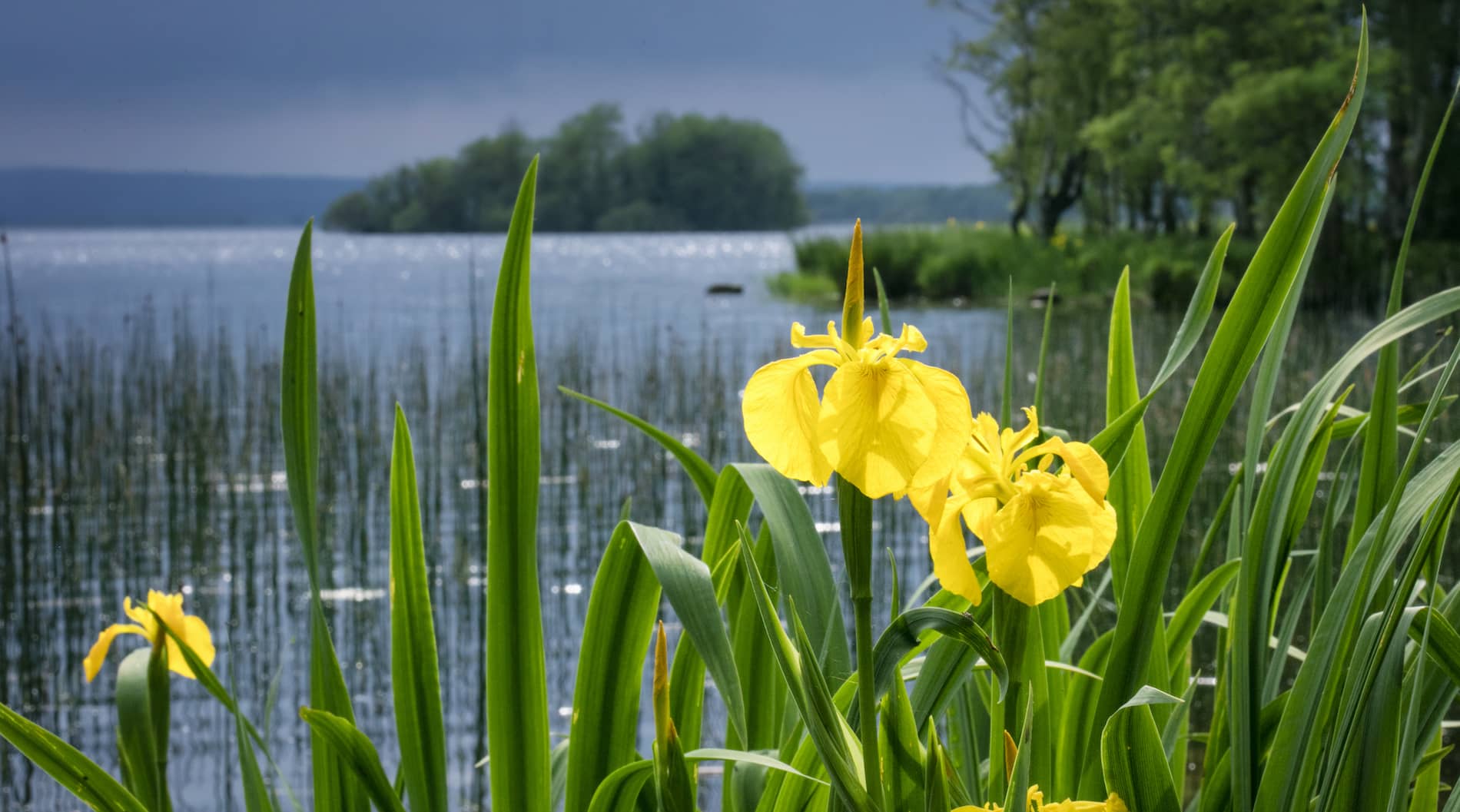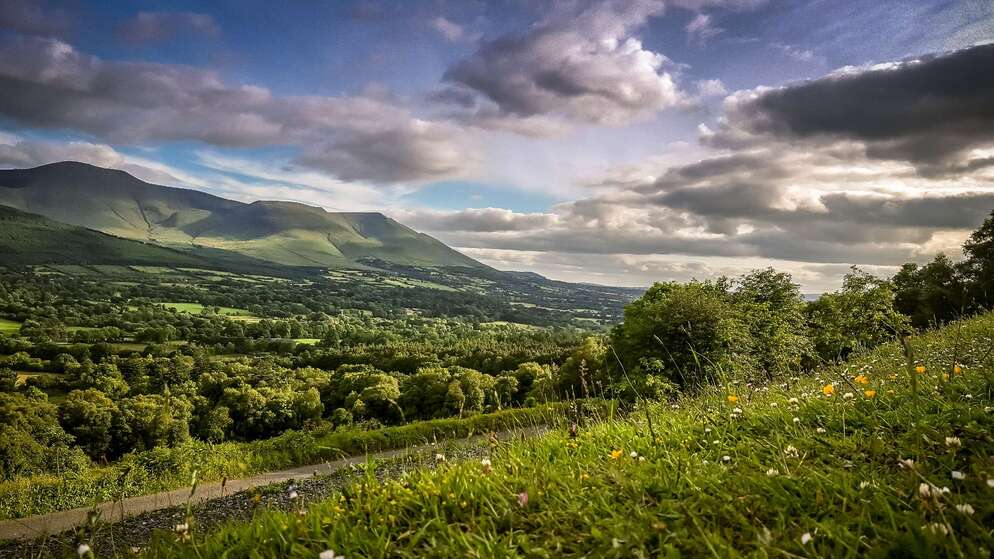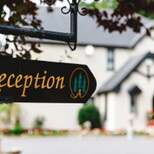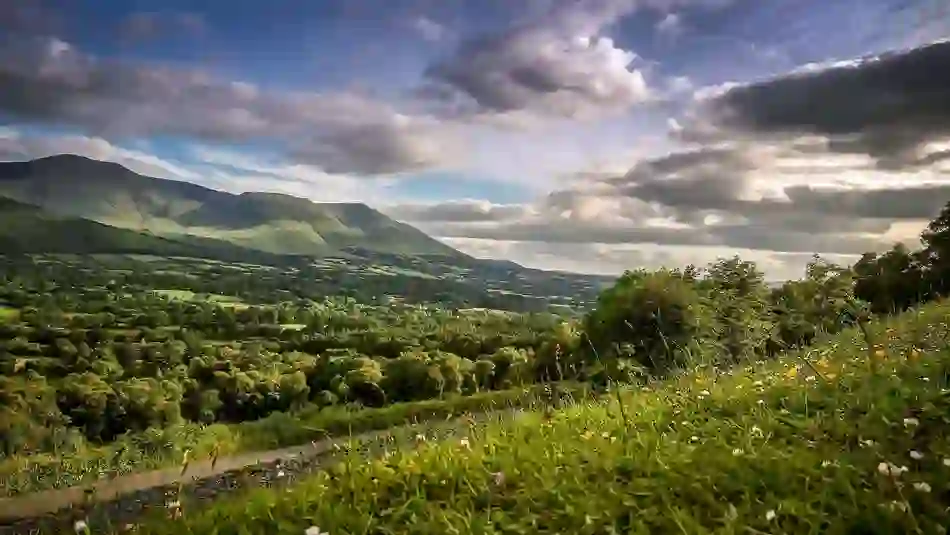
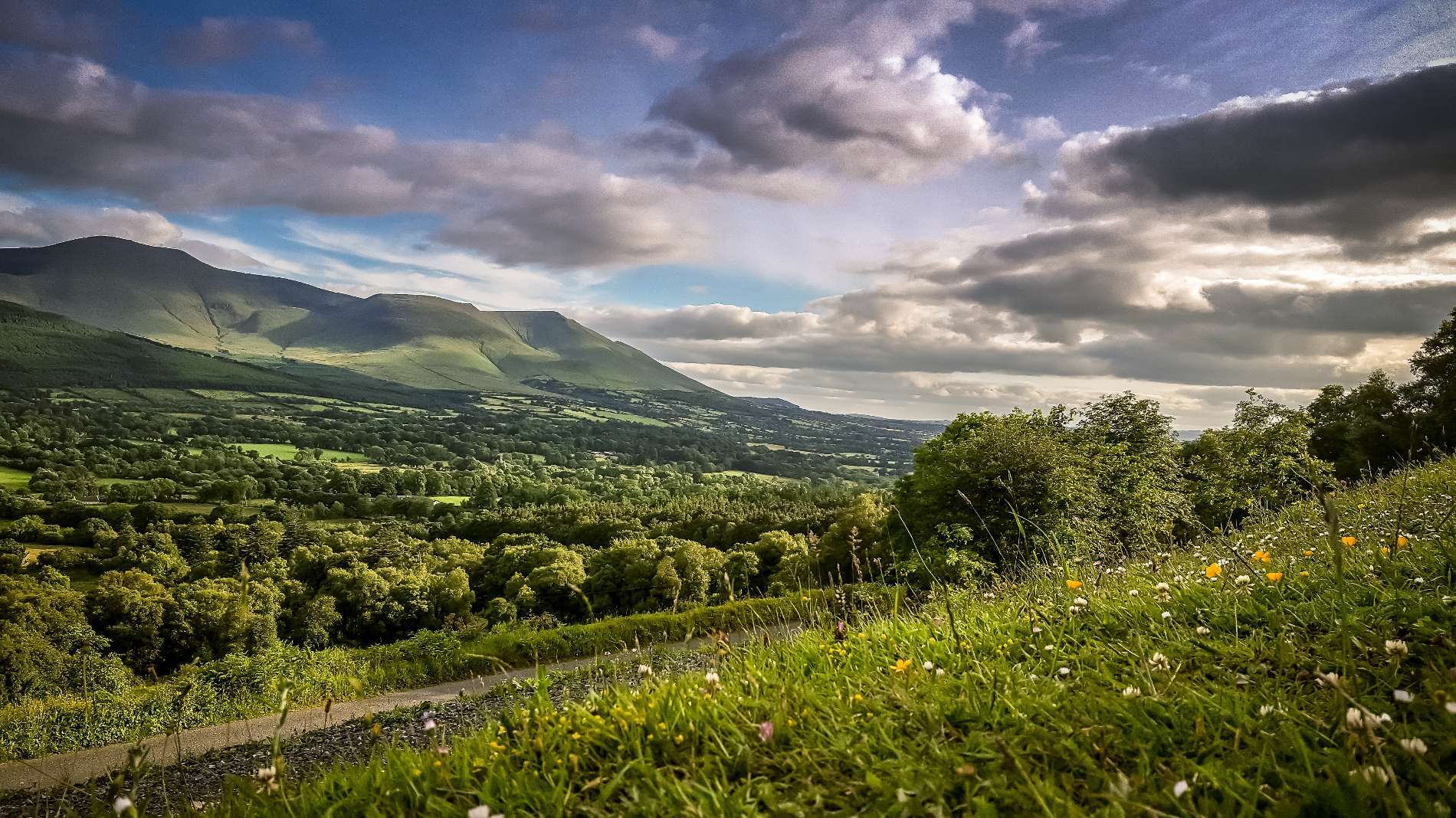
Secrets of the Shannon

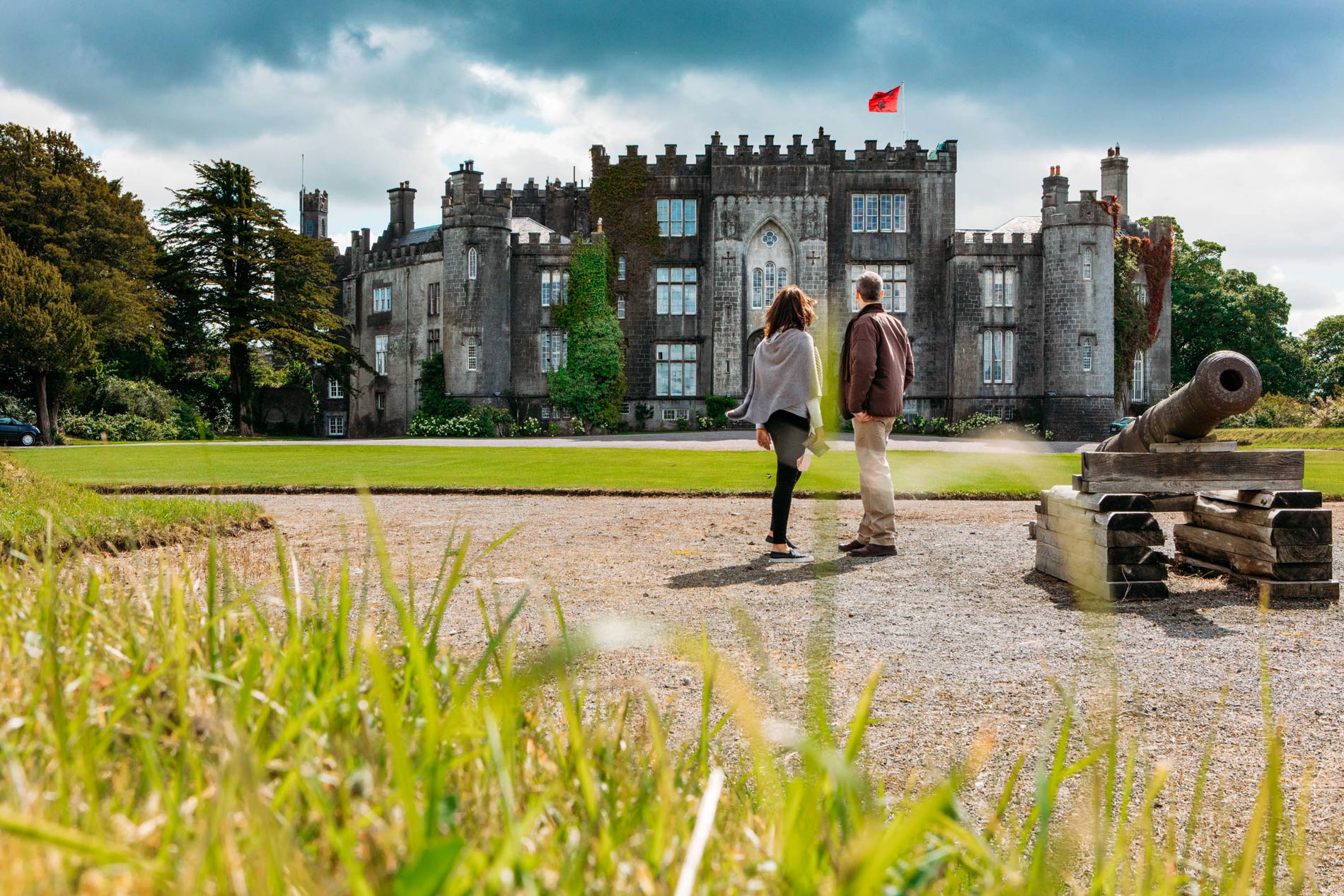

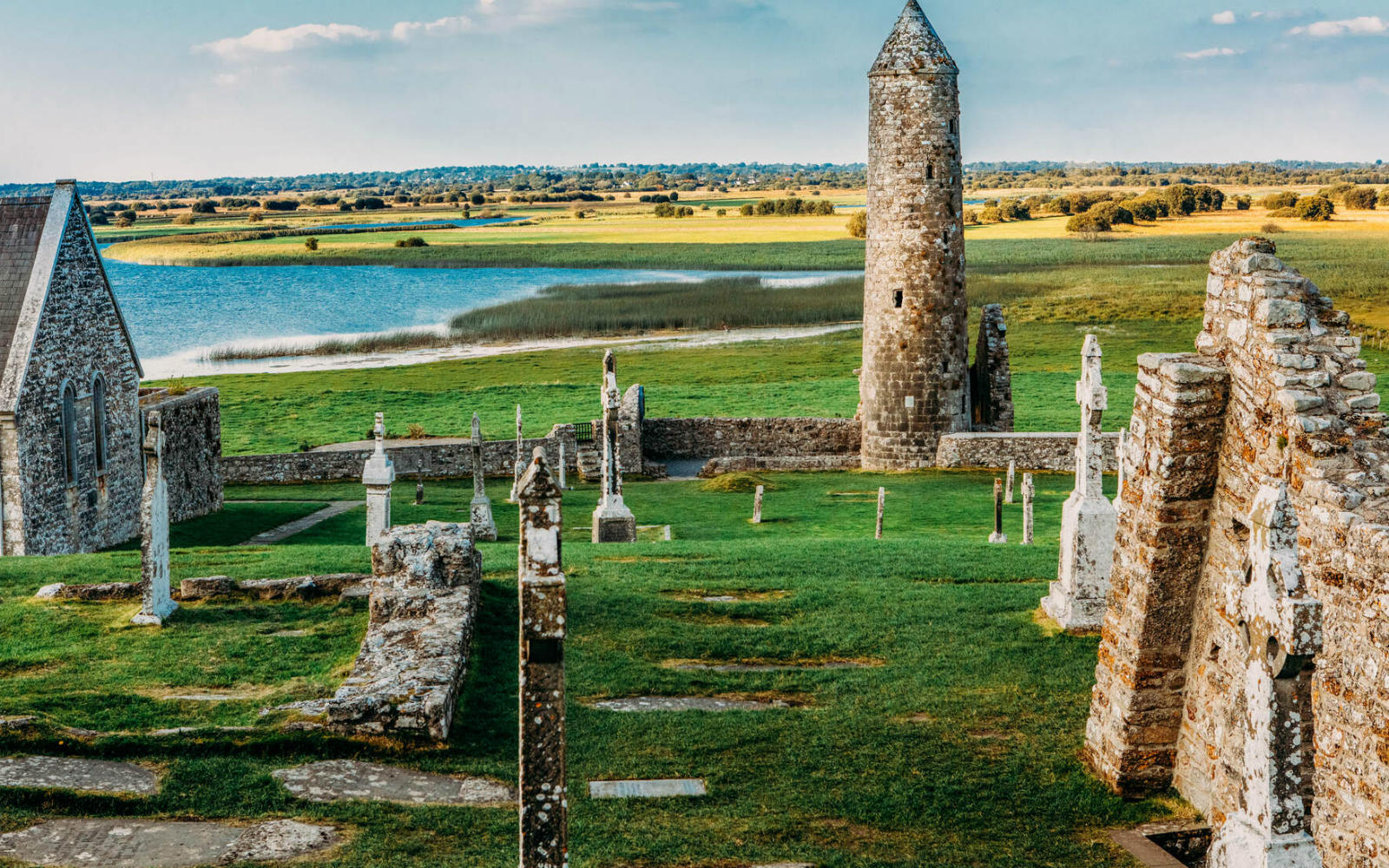

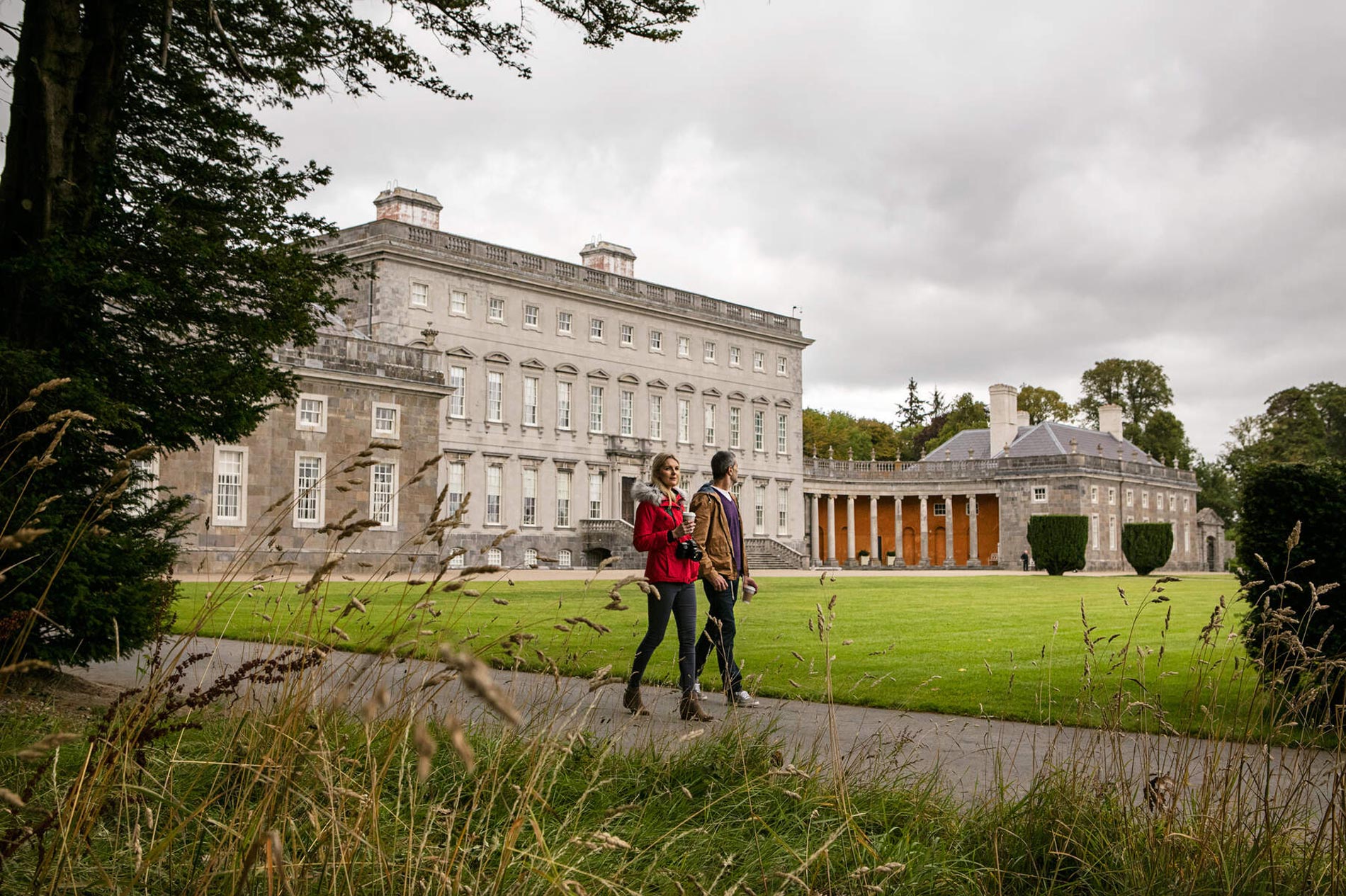
Travel through ancient settlements, historic castles and great houses, before finding yourself on breathtaking mountain roads to the source of the "water of life"
Explore the stormy past and enduring splendour of Ireland’s castles, before soaking up tales of the warring lords, cultured ladies and besieged revolutionaries who have left their mark on Ireland’s landscapes. Begin in Shannon Airport and move through Tipperary, Kilkenny, Laois, Offaly, Westmeath and Kildare.

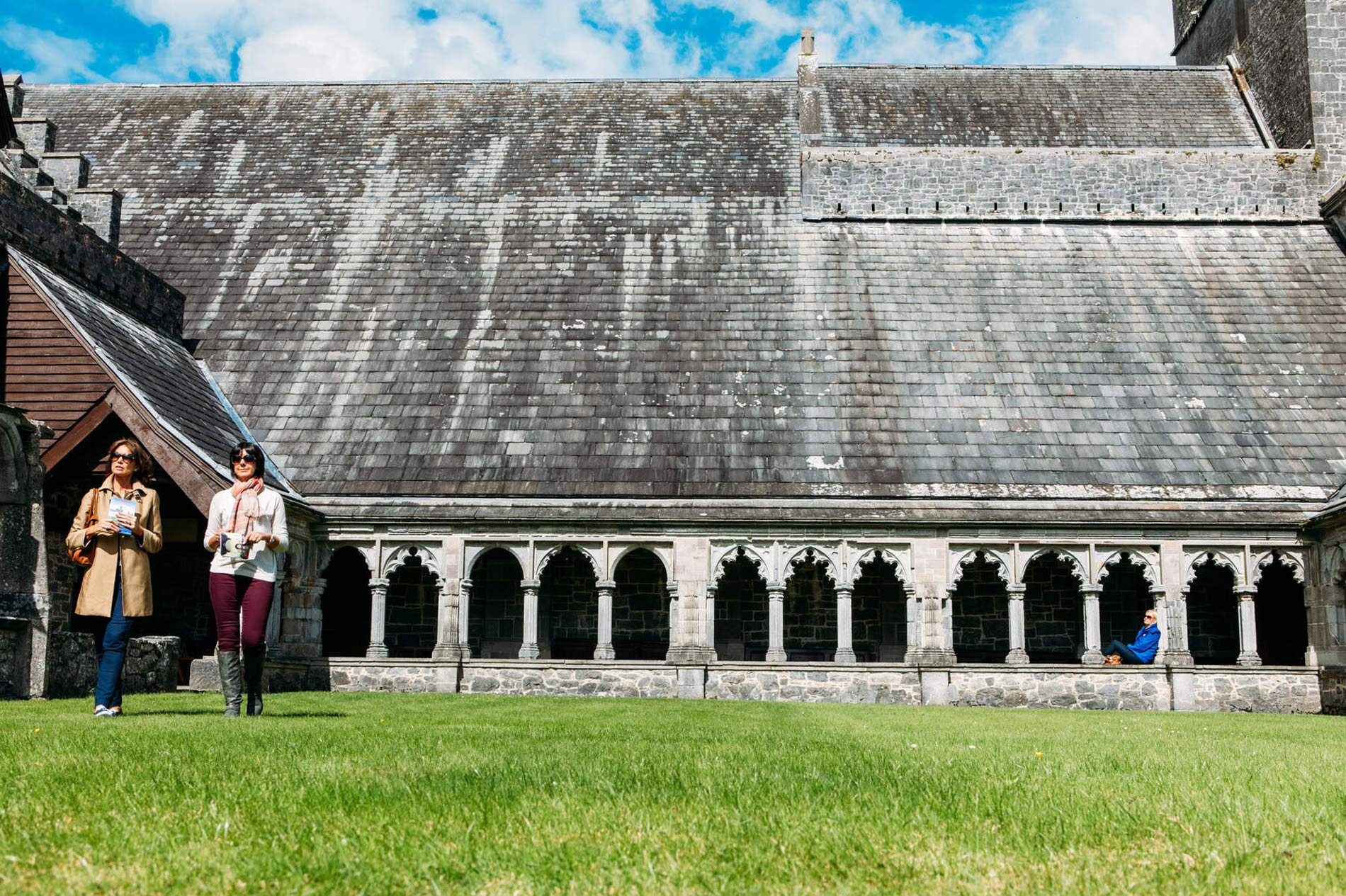
Day 1
Norman castles, early Christian churches and a landscape moulded over millennia: this stretch of our trip is tumultuous and peaceful in equal measure.
Explore Day 1Off to the Glen of Aherlow
The Glen of Aherlow, County Tipperary

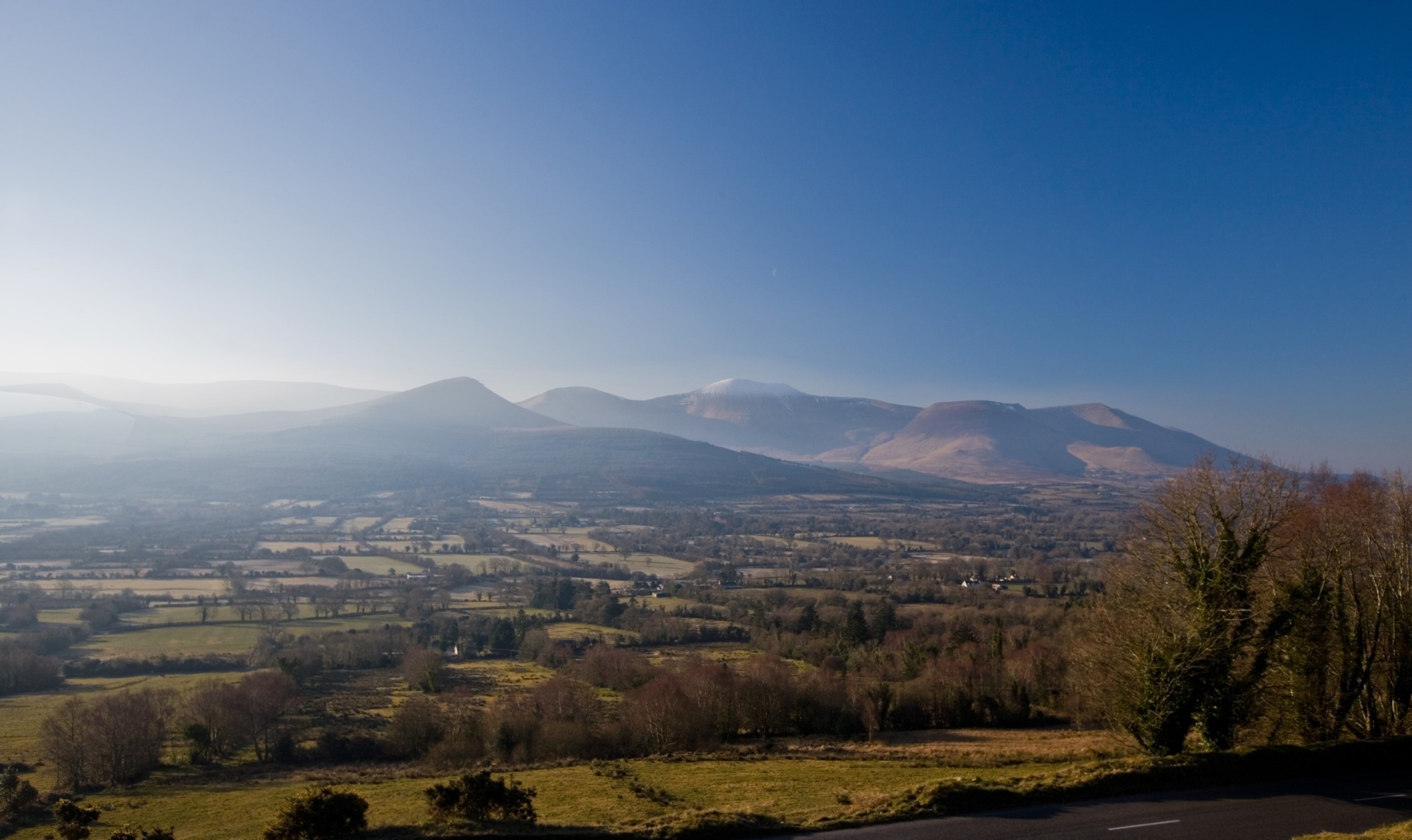
Looking out on the sweep of green of the Glen of Aherlow you'll understand how this spot got its Irish name "eathralach", meaning "between two highlands". Tucked between Slievenamuck and the Galtee Mountains, the beauty here is breathtaking, with a fringe of woods, a softly flowing river and a patchwork of green fields. It makes it hard to imagine the Vikings rampaging across these lands as they did 1,000 years ago.
If you have more time, pay a visit to the Aherlow House Hotel. Framed against the Galtee Mountains, the family-run hotel provides fine dining and afternoon tea in the jaw-dropping beauty of north Tipperary. Not hungry? Well, explore the Glen of Aherlow on horseback at the Hillcrest Equestrian Centre in Galbally. Bliss in the saddle.
39 km
Walk in the footsteps of ancient monks
Holy Cross Abbey, County Tipperary

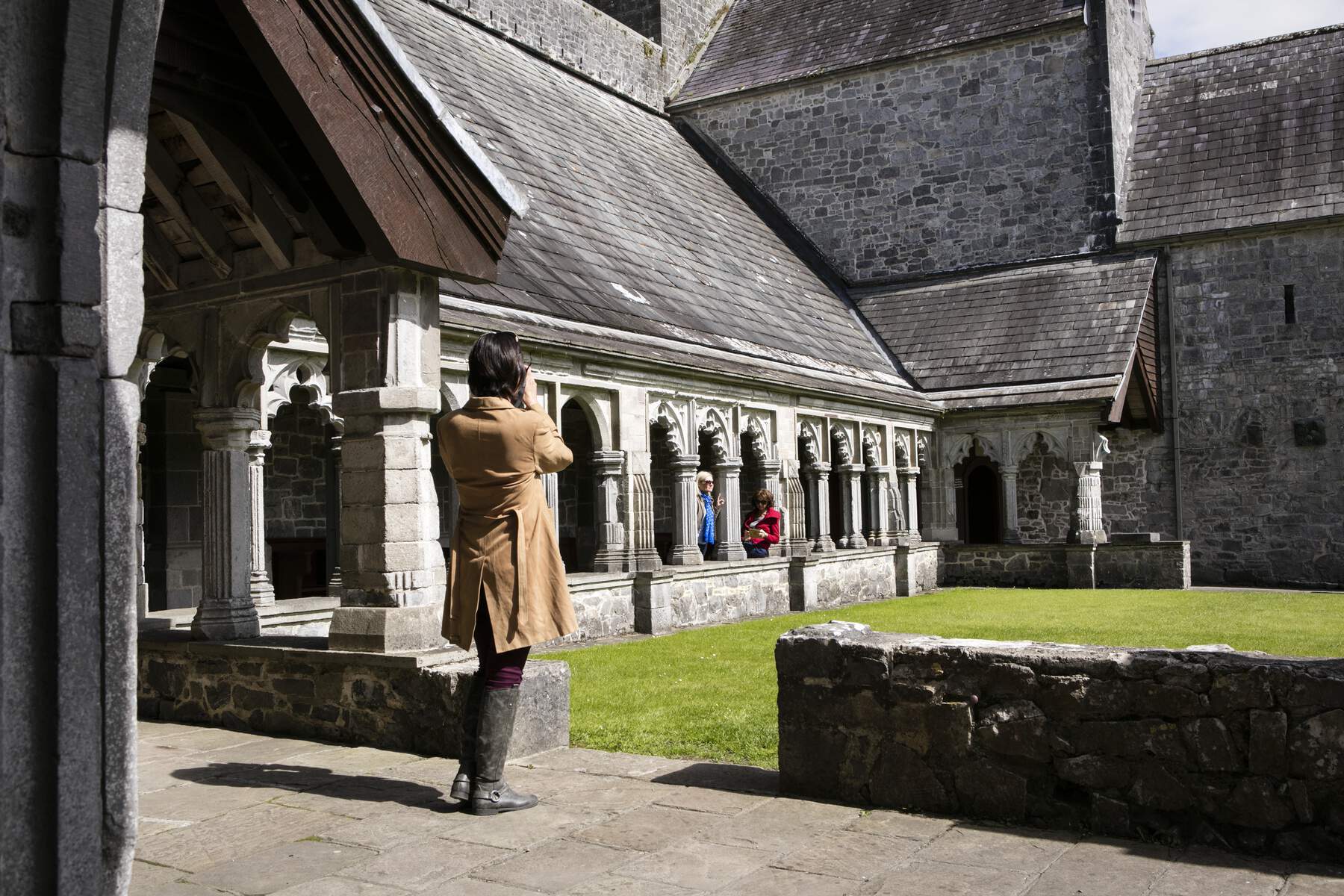
In the picturesque medieval village of Holycross in County Tipperary you'll find Holy Cross Abbey, a Cistercian monastery founded by Dónal Mór Ó Briain, the King of Munster in 1182. The abbey is named for the relic of the True Cross, which was bestowed by Queen Isabella of Angoulême around 1233. While you're there, don't miss some of the abbey's other attractions. There's the Whispering Arch, where monks used to hear confessions (the small channel carved into the arch allows a whisper spoken on one side to be heard on the other) and the oldest church bell in Ireland, an 800-year-old veteran known as "Michael".
If you have more time, visit the Fethard Horse Country Experience in the medieval town of Fethard.

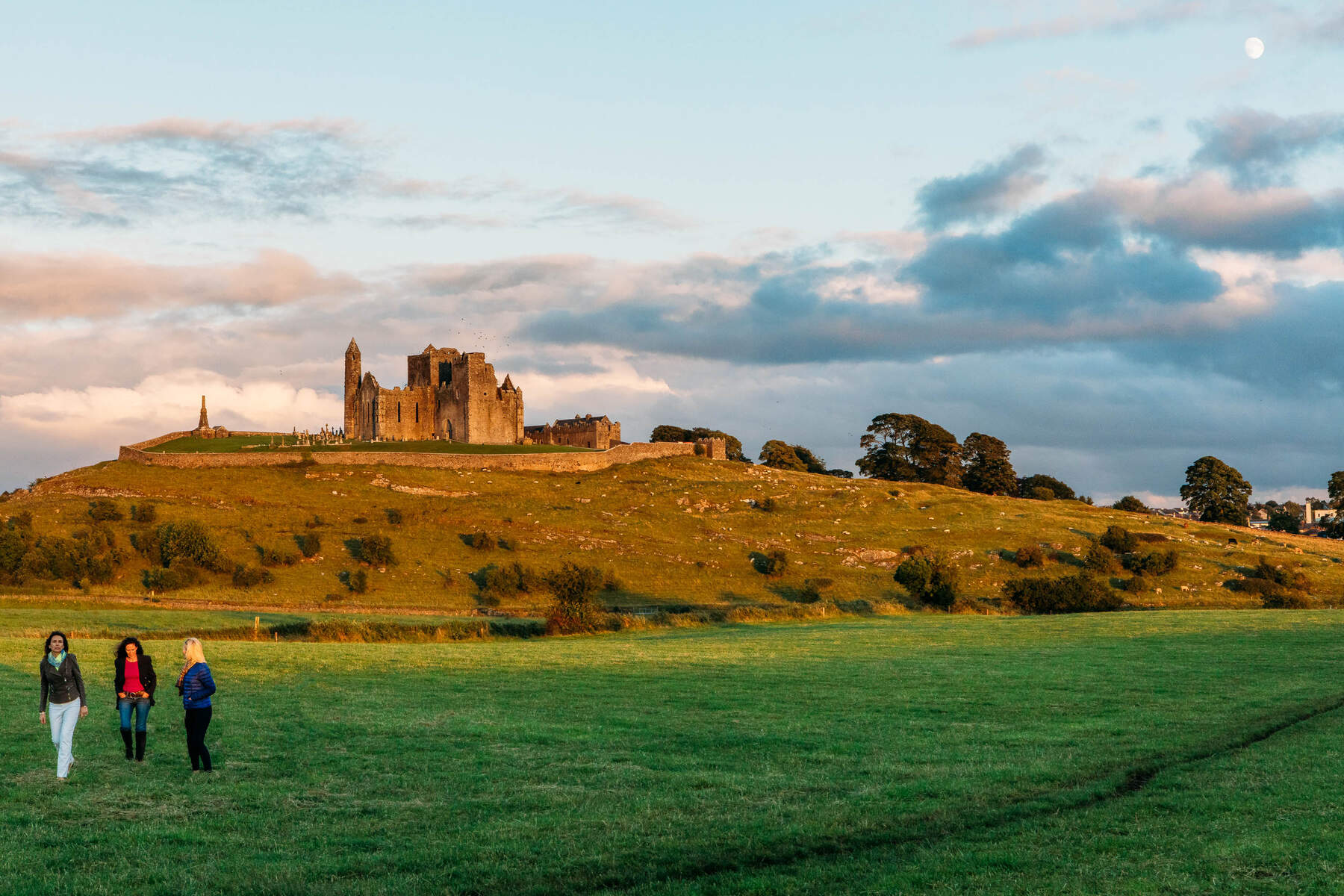
Day 2
From the mouth of the devil and Christianity confirmed, to a medieval city that’s haunted by tales of a witch’s spirit.
Explore Day 2The seat of kings
The Rock of Cashel, County Tipperary

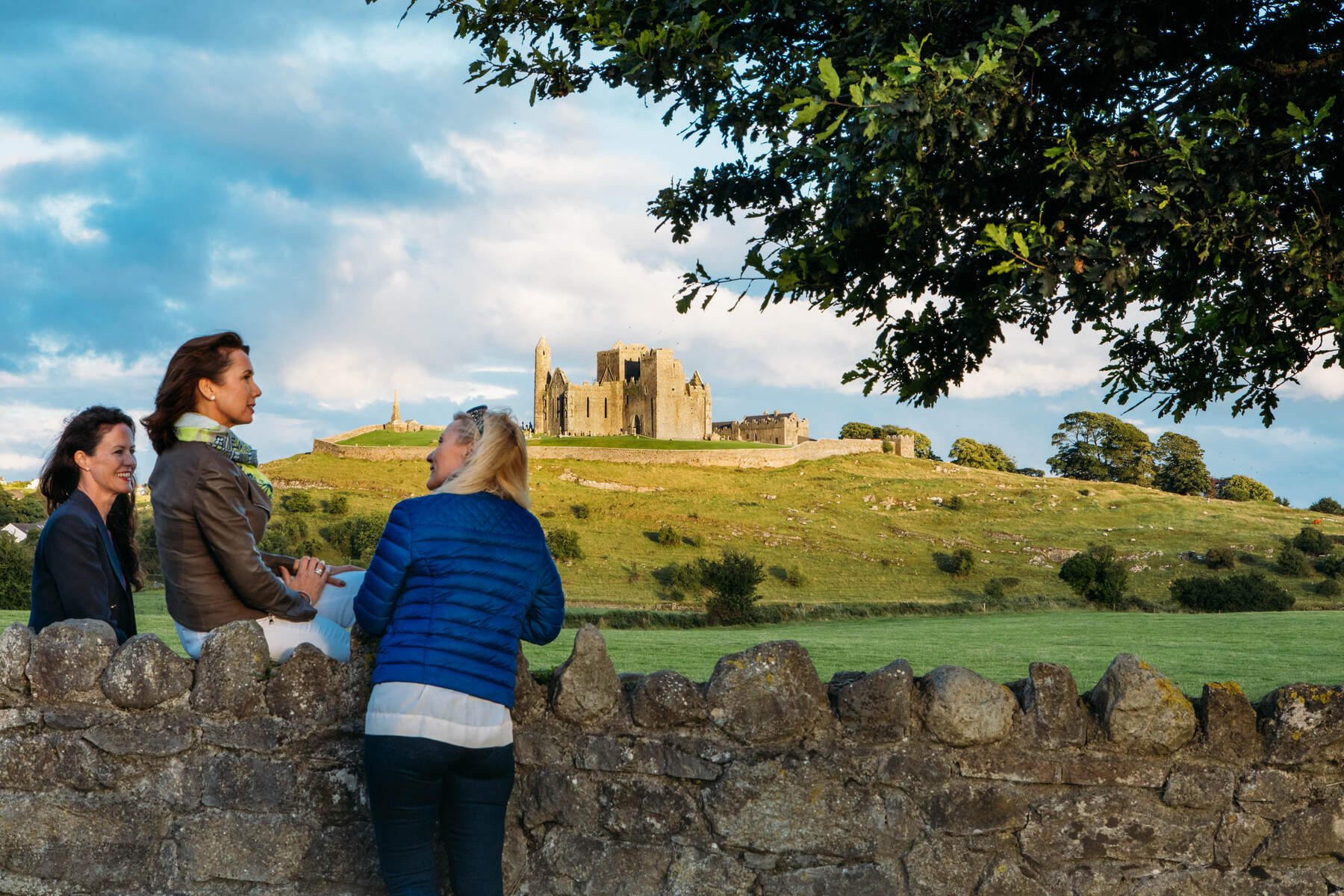
Said to have been dropped in the heart of Tipperary’s Golden Vale by the devil himself, the Rock of Cashel’s ominous pedigree sinks under the majesty of the Gothic cathedral, round tower and 15th century castle that still loom above it today. It was here that lightning struck, men were massacred and St Patrick converted the King of Munster to Christianity – accidentally stabbing him in the foot with a crozier in the process. When you visit, it’s plainly obvious that this is no ordinary rock.
While you're here, why not visit The Brú Ború? This traditional Irish music centre at the foot of the Rock of Cashel has concerts year round, with summer shows most week nights. If you’re hungry, head to Brocka on the Water. Complete with organic garden, this cosy family-run restaurant is the pride of Tipperary. The croquettes of local Cooleeney cheese served with homemade chutney are a highlight.
62 km
The castle by the river
Kilkenny Castle, County Kilkenny

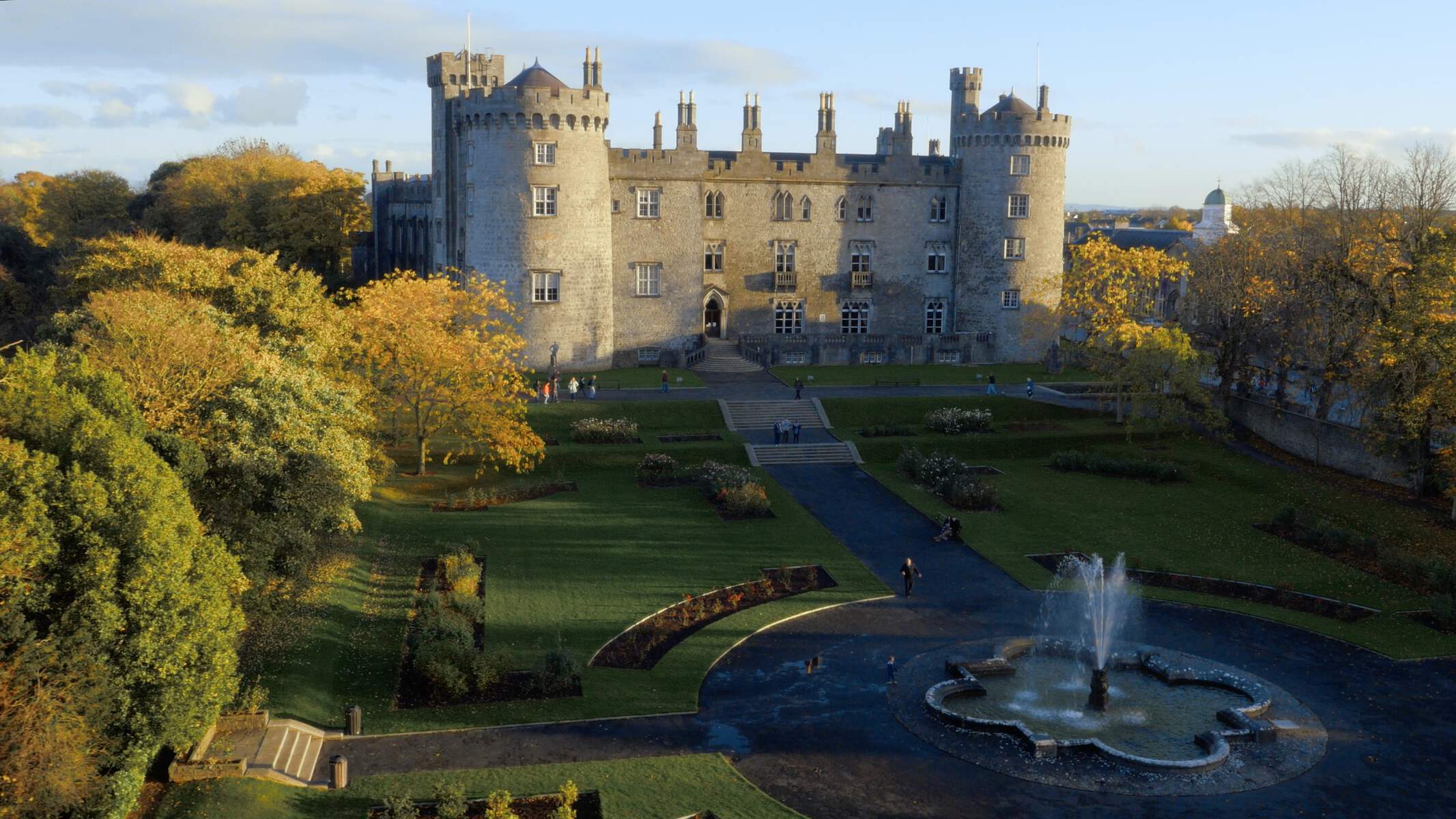
A 12th century castle purchased for just £50… only in Kilkenny. The city's famous Norman castle was home to the Butlers of Ormonde for nearly six centuries, before the 6th Marquess of Ormonde offered it to the city of Kilkenny for £50 in 1967. A tour brings you to the Picture Gallery and around the nooks and crannies of the library, with its psychedelic colour scheme.
On the city’s Medieval Mile, you can also take in the Smithwick’s Experience, Rothe House and St Canice’s Cathedral while you’re visiting, not to mention the Kilkenny Design Centre – a treasure trove of quality Irish craft work and design (and the café is justly famous for its delicious food).

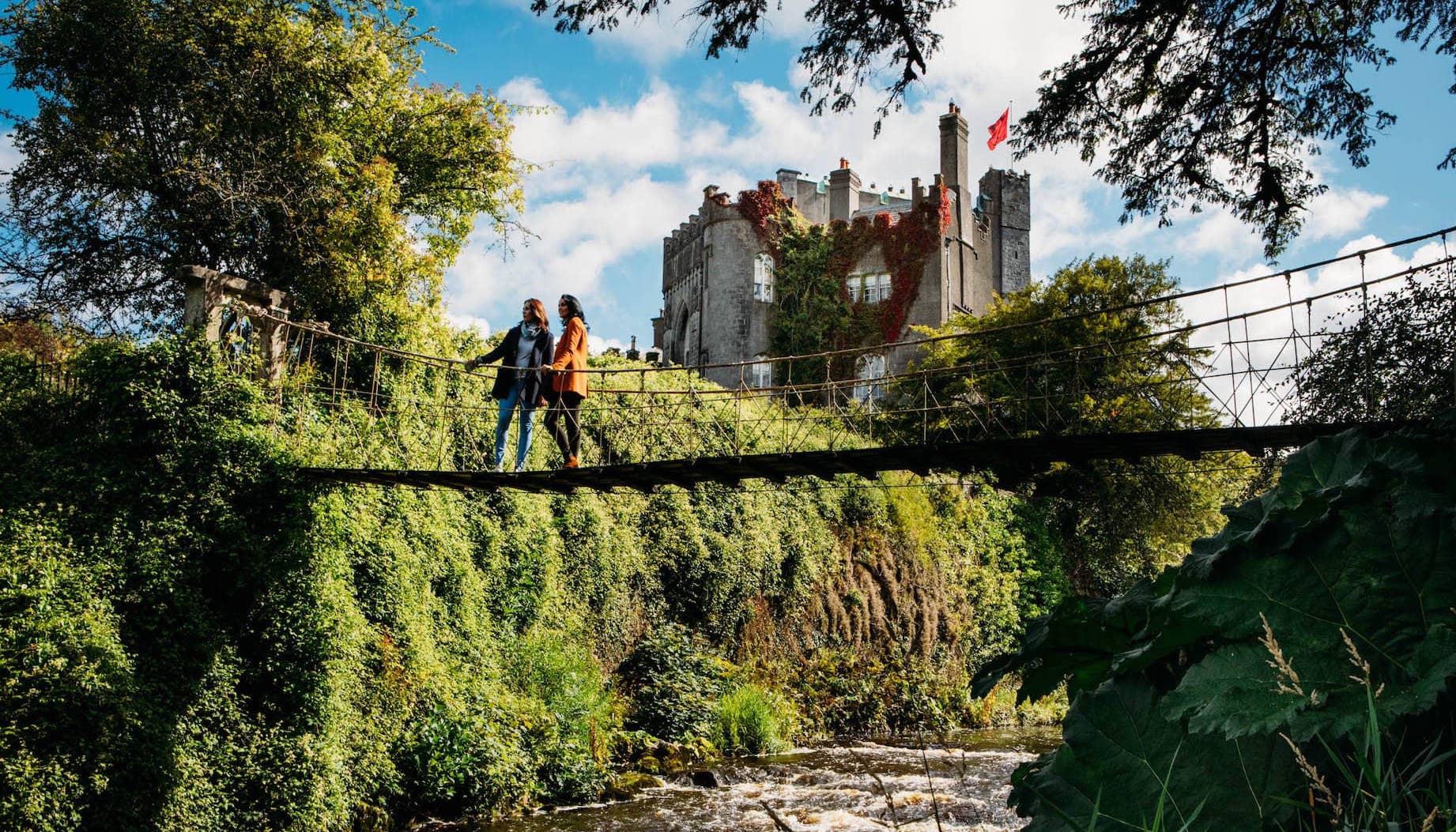
Day 3
Are you brave enough to experience the world’s most haunted castle? Take in this spooky site, before visiting the home of the Leviathan in County Offaly.
Explore Day 3A haunting site
Leap Castle, County Offaly

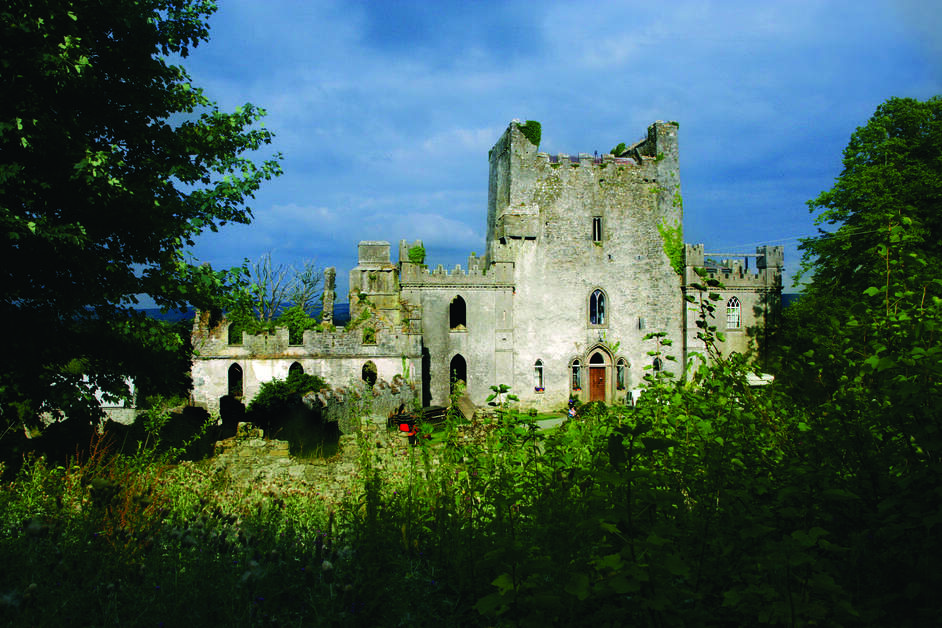
Before the first stone was even laid, blood was spilled at the site of Leap Castle. In fact, this site has seen many battles, bloodshed and brutal atrocities in its time, and is known as one of the world's most haunted castles. It's the site of The Murder Hole, The Bloody Chapel and The Red Lady, an apparition who roams the halls to keep you company... But don't worry, when this dagger-carrying woman comes your way, you'll know she's there: the room will suddenly become immensely cold – so cold that it reaches your heart. You've been warned! Owned by musician Seán Ryan, tours are year round by appointment.
12 km
Star attractions
Birr Castle, County Offaly

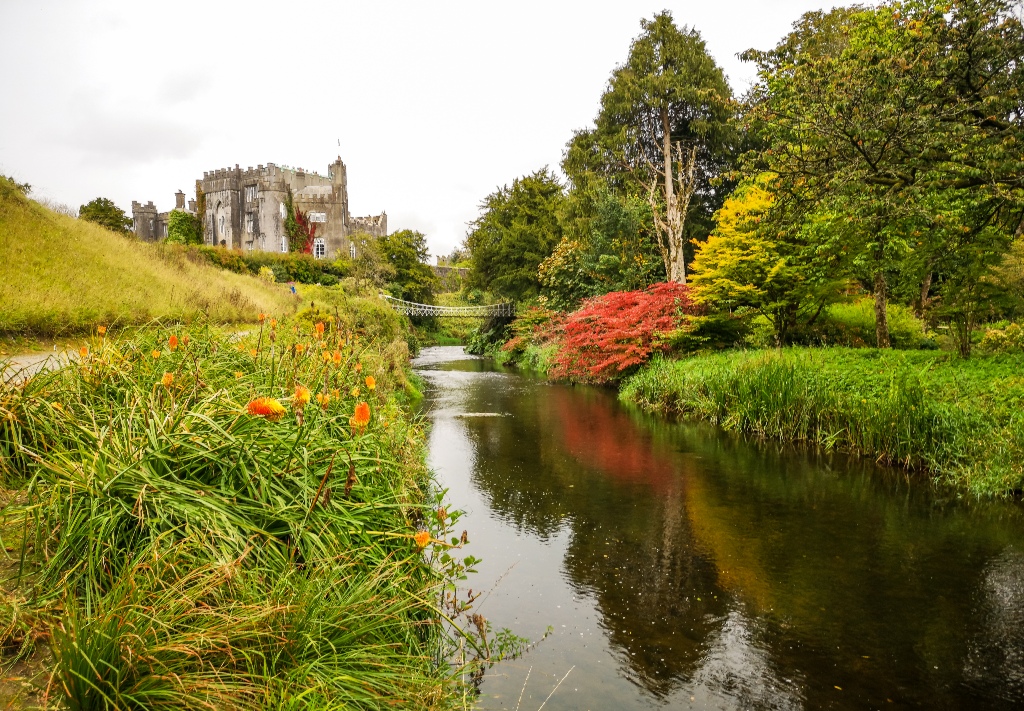
There’s a real change of mood next with Birr Castle, home of “the leviathan”. Back in the early 1840s, the Third Earl of Rosse designed the largest telescope in the world and invited visitors from around the globe to marvel at it. It still works, and sits at the heart of this incredible demesne, with its award-winning gardens. Its boutique Courtyard Café will satisfy hungry stomachs if you're in no rush to leave.
If you have some time to spare, wander through untamed nature at Lough Boora Discovery Park and its intriguing Fairy Trail – with 14 fairies living in Fairy Avenue. Then find a spot beside the fireside at The Thatch just outside town, a traditional pub serving great food.

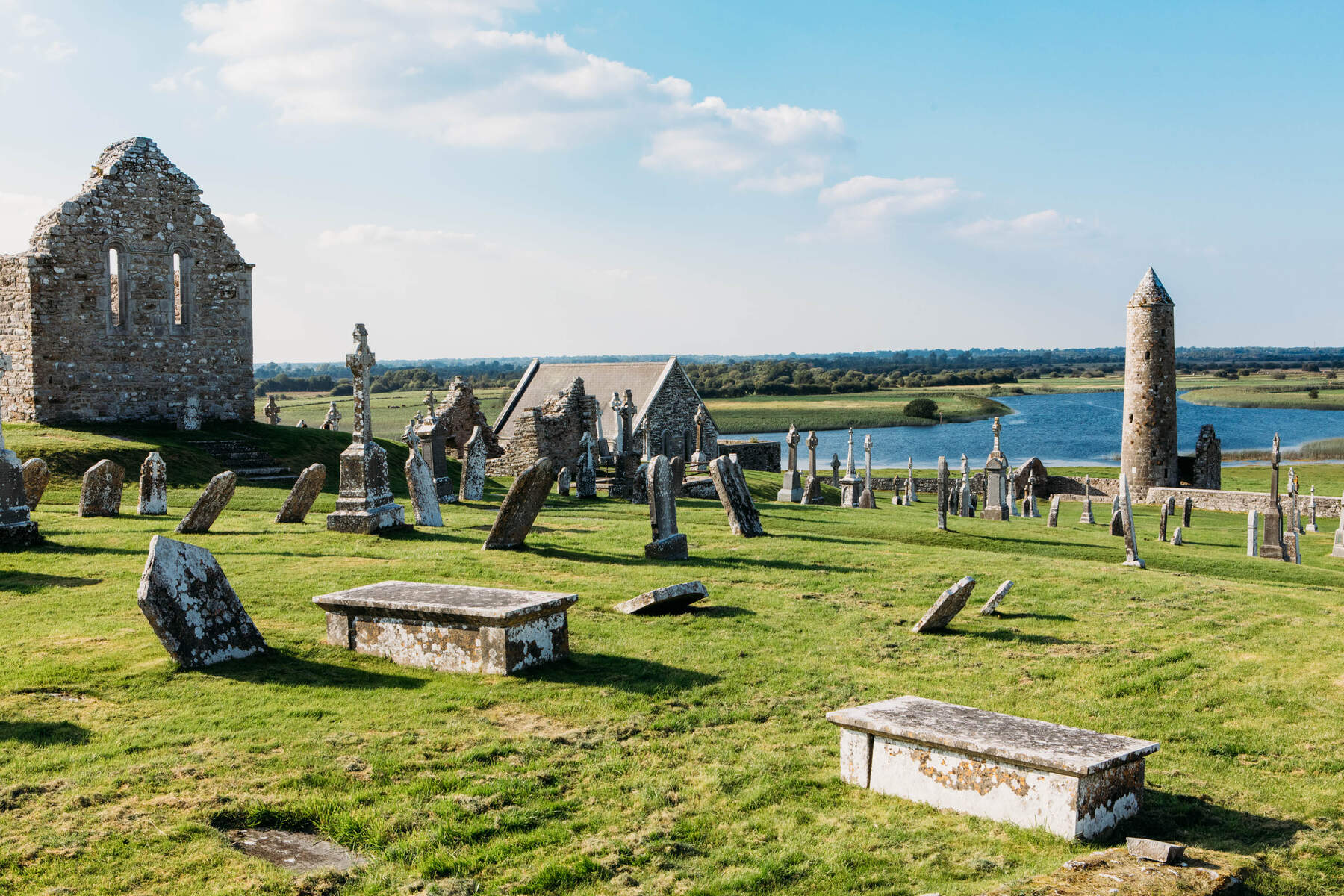
Day 4
Let history wash over you in the holiest of Irish ecclesiastical sites and the resting place of the last high King of Ireland.
Explore Day 4Last of the high kings
Clonmacnoise, County Offaly

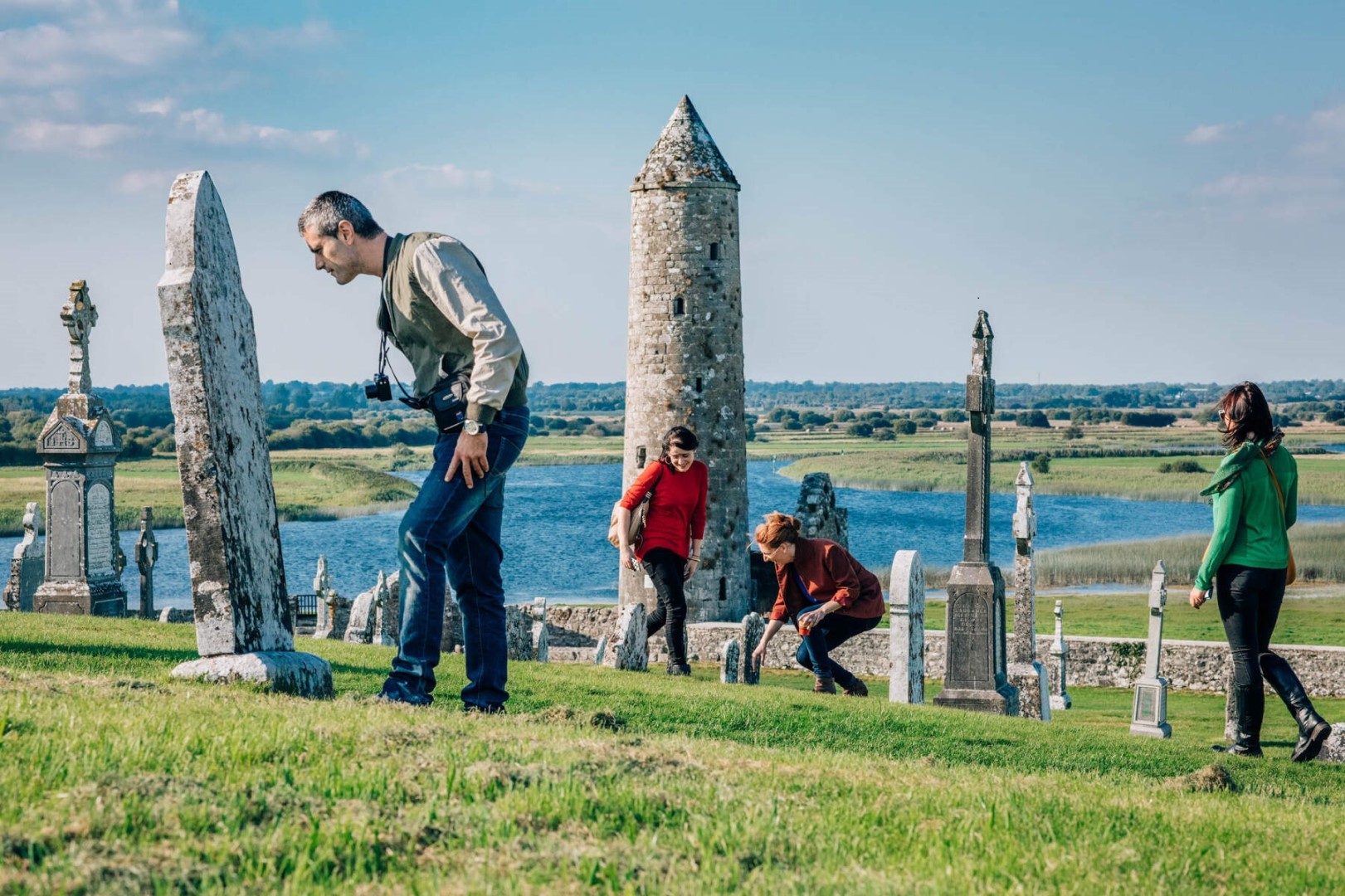
When St Ciaran and Diarmait mac Cerbaill met on the banks of the River Shannon in the 6th century, neither could have predicted that Clonmacnoise would become one of the leading centres of religion and learning in Europe. Sadly, Ciaran didn't live long enough to see the cathedral, churches, round towers and crosses that the spiritual spot would host. Verdant scenes frame your view to Clonmacnoise on the banks of the River Shannon, and this seat of medieval learning holds the remains of early saints and ancient kings, including the last high king of Ireland, Rory O'Connor.
If you're in no rush to leave, you can take a boat trip with Viking Tours, and view Clonmacnoise from the waterside; stunning is an understatement.
22 km
Gateway to the west
Athlone Castle, County Westmeath

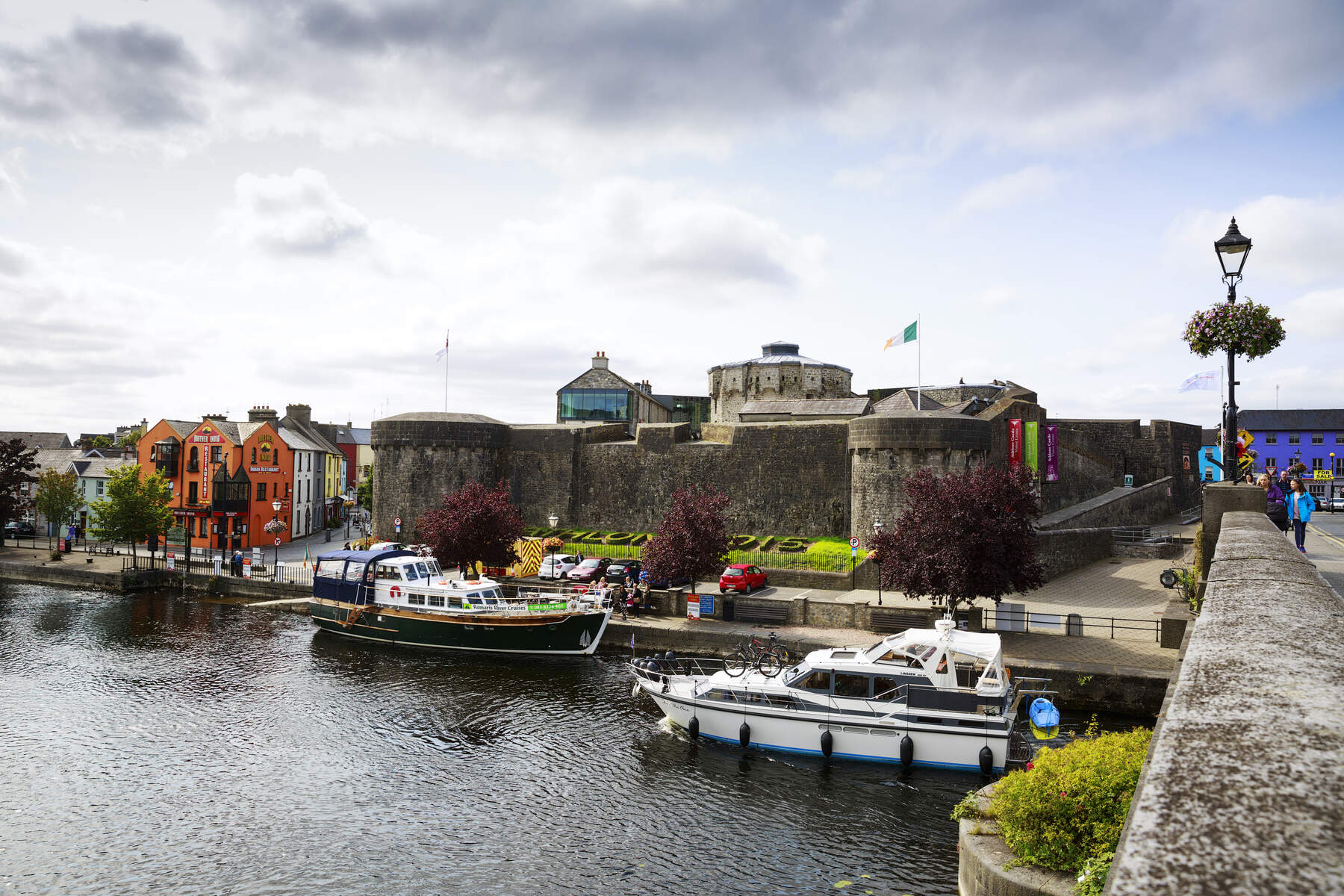
The first thing you’ll see when you enter Athlone, which straddles counties Westmeath and Roscommon, is the big stony crag of Athlone Castle on the banks of the River Shannon. Packed with multimedia and multi-sensory experiences, the exhibition includes a 360º cinematic recreation of the bloody 1691 Siege of Athlone – a ferocious 10-day assault on the town. Just outside Athlone is the Drum Heritage Centre, a true treasure trove of memorabilia, with literary works, emigrants’ letters and a huge map showing all the old mass paths leading to Drum.
Across the street from the castle is Sean’s Bar, one of the oldest pubs in Ireland, and possibly the world. Make sure to stop by as the atmosphere and Guinness are second to none!

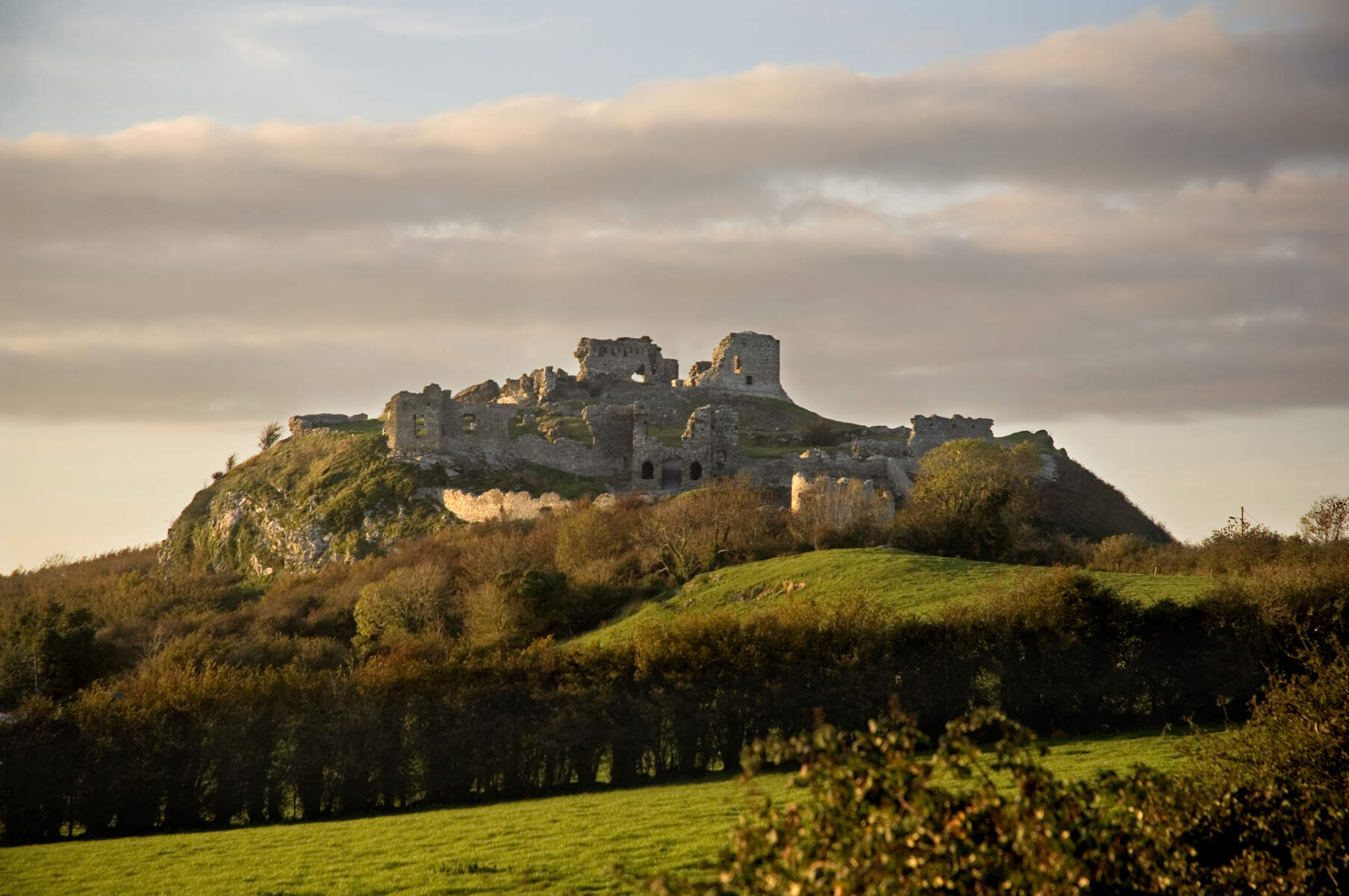
Day 5
“Whiskey is liquid sunshine” as Nobel Prize-winning Irish author George Bernard Shaw once observed. Now it's your turn to observe how it is made, from grain to glass.
Explore Day 5Where whiskey flows
Kilbeggan Distillery Experience, County Westmeath


Hopefully your thirst for adventure will still be high, as we wander to one of Ireland’s oldest licensed whiskey distilleries in Kilbeggan. Established in 1757, the distillery is still operating and you can join a tour and sample a drop of this fine beverage. Book ahead to discover the tricks of the trade, and to find out if the distillery really is haunted by the ghost of John MacManus – a United Irishman who some say never left after his execution in 1798.
12 km
Whiskey in the jar
Tullamore D.E.W, County Offaly

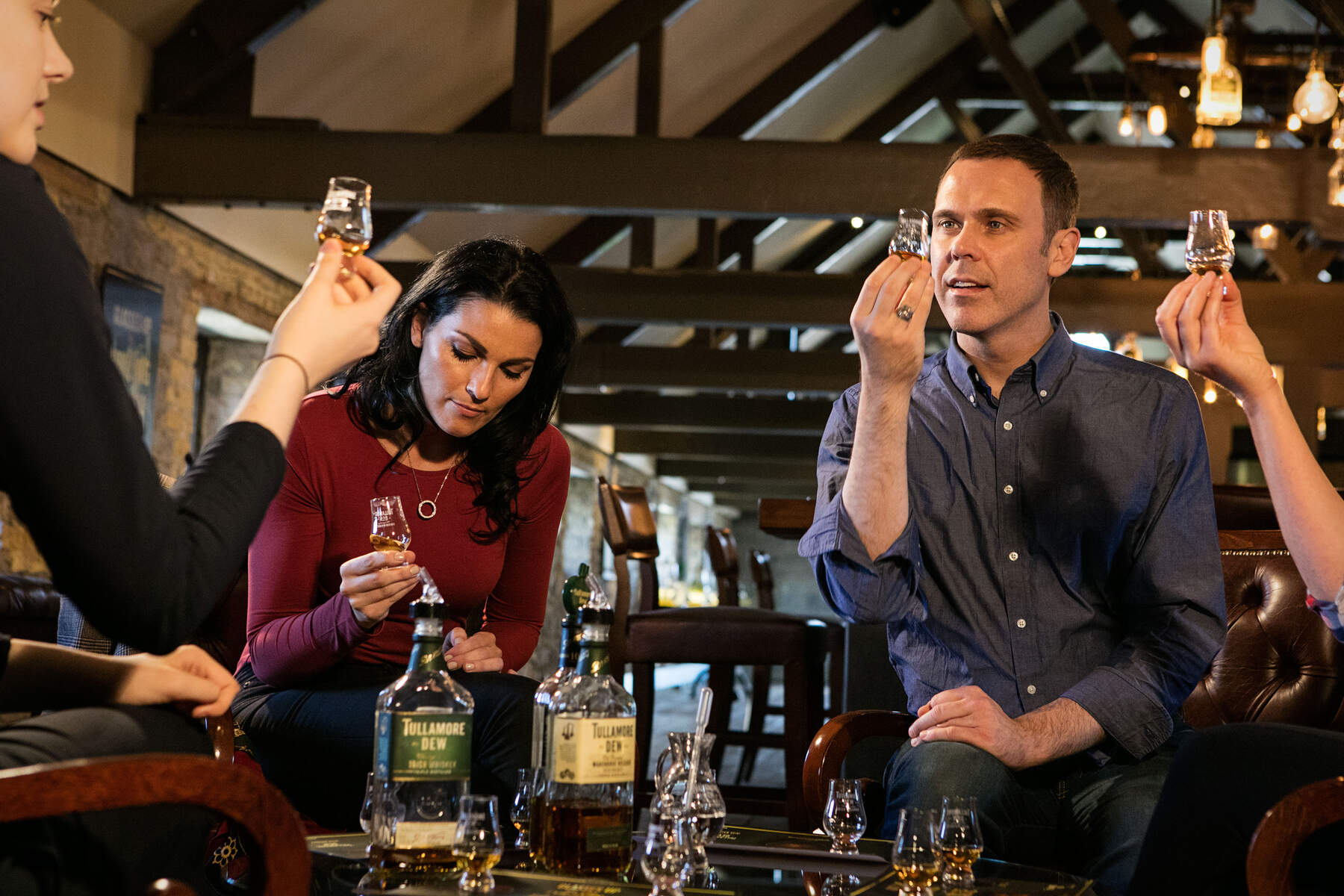
Discover the story of the stable boy who became the owner of a distillery at the Tullamore D.E.W. Visitor Centre. Named after Daniel E. Williams, the distillery’s visitor centre brings you on a journey through each stage of the whiskey-making craft, as well as giving you a chance to create your own unique blend of "uisce beatha" (water of life).
In Tullamore, County Offaly, stop in at The Blue Apron as it serves up great local produce from shoulder of lamb to pulled pork.
41 km
A daunting dowry
Rock of Dunamase, County Laois

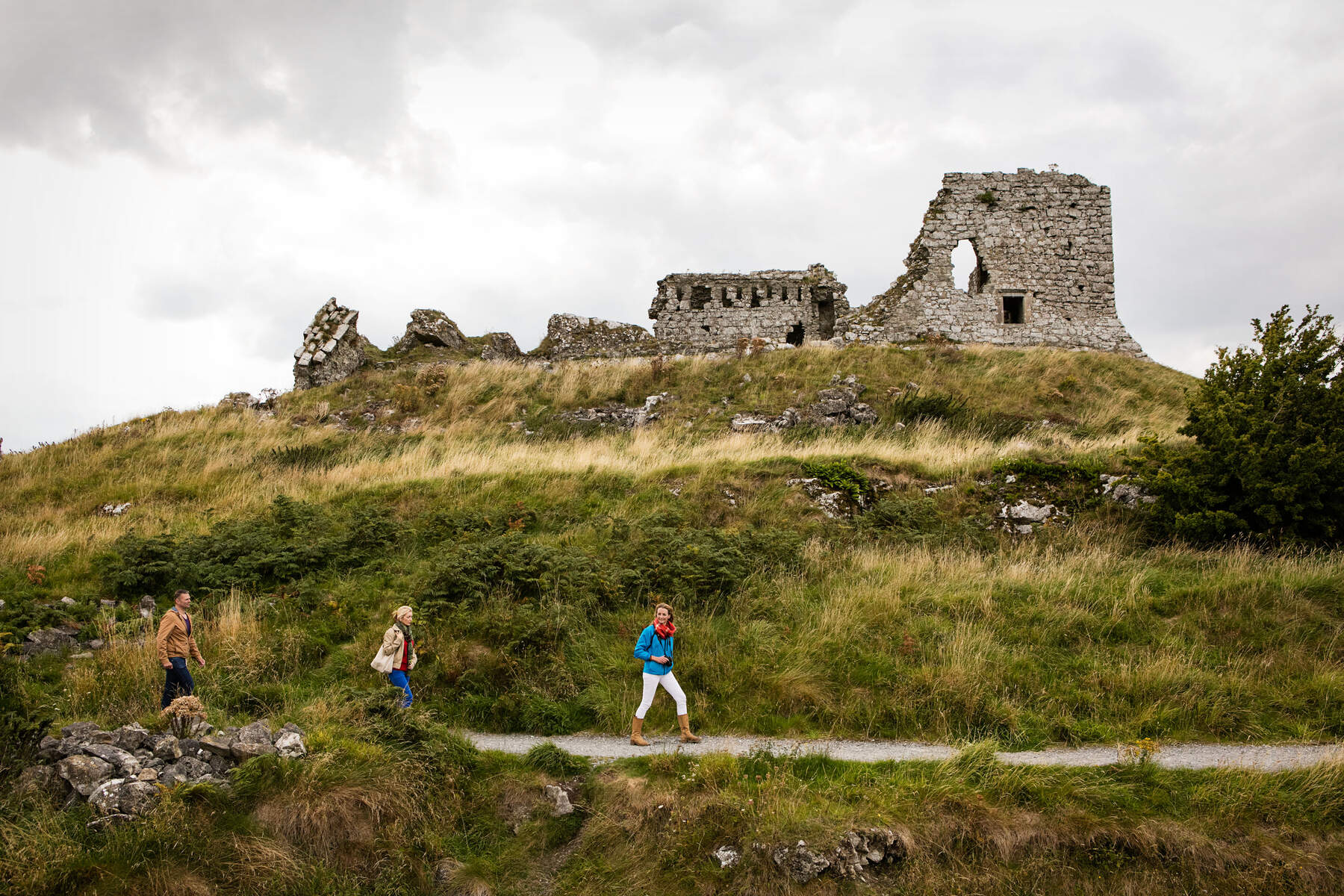
An imposing limestone outcrop capped with castle ruins, the Rock of Dunamase in County Laois has evolved from Christian retreat to Viking target and Anglo-Norman stronghold. But it may be best known as a wedding present… As part of a magnificent dowry, Norman lord Strongbow was gifted the castle when he married Aoife Rua, daughter of the King of Leinster, in 1172. Today, the views remain almost unchanged from when Aoife first gazed over her domain all those years ago.
If you have more time, you should stop by Emo Court. It's hard to imagine a time when the tranquillity of the area was punctuated by the yells of the 1798 Rebellion and War of Independence. The earls are long gone but their legacy remains in this glorious estate. Pay a visit to The Fisherman’s Thatched Inn in Ballybrittas for a fantastic night of music, food and drink.


Day 6
Lay bare the tales of equestrian glory in Kildare, and of the wealthy gent who required 240 trusty steeds to bring his half-year’s rent home from Dublin.
Explore Day 6A legendary lineage
The Irish National Stud and Gardens, County Kildare

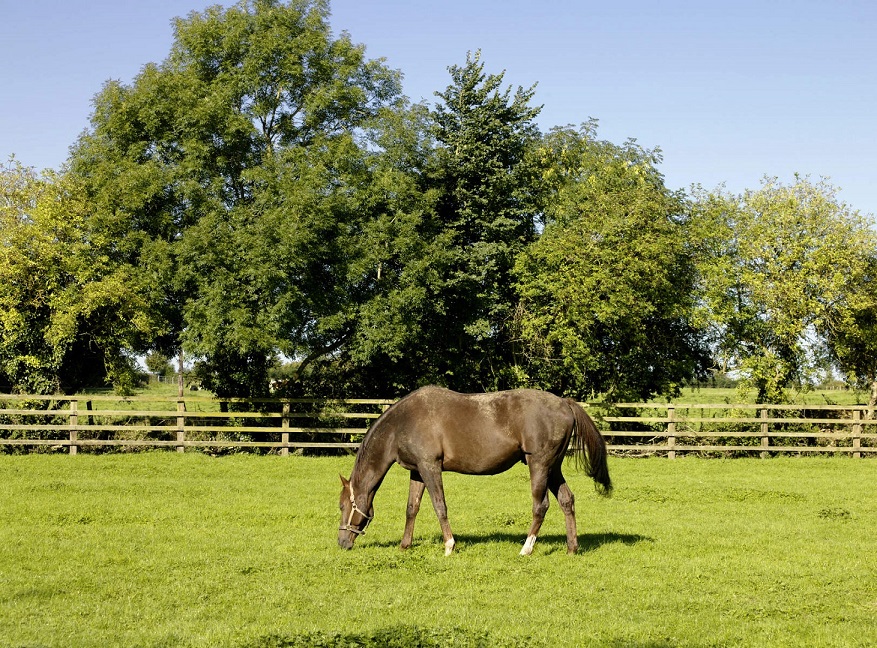
When Colonel William Hall Walker set up his stud farm in County Kildare’s Tully in 1900, he employed rather eccentric techniques: drawing up a horoscope for each new-born foal and, if he didn’t like the stars, immediately selling it irrespective of lineage or physique. He subsequently became the most successful racehorse breeder of the age!
Today, the Irish National Stud Farm takes a somewhat different approach to producing champion thoroughbreds: it is the third-largest breeder of thoroughbreds in the world, and in the museum, Ireland’s epic love affair with horses unfolds before your eyes (there’s even the skeleton of Arkle, the greatest steeplechaser of all time). Right next door, the Japanese Gardens and St Fiachra’s Gardens will embrace you with their beauty.
If you have time, detour to Kildare Village, a designer outlet shopping centre, which boasts up to 60% off a massive range of designer labels. Or enjoy a track day driving experience like no other in Mondello Park in Naas, Ireland’s only international race track.
10 km
Race to the finish
The Curragh Racecourse, County Kildare

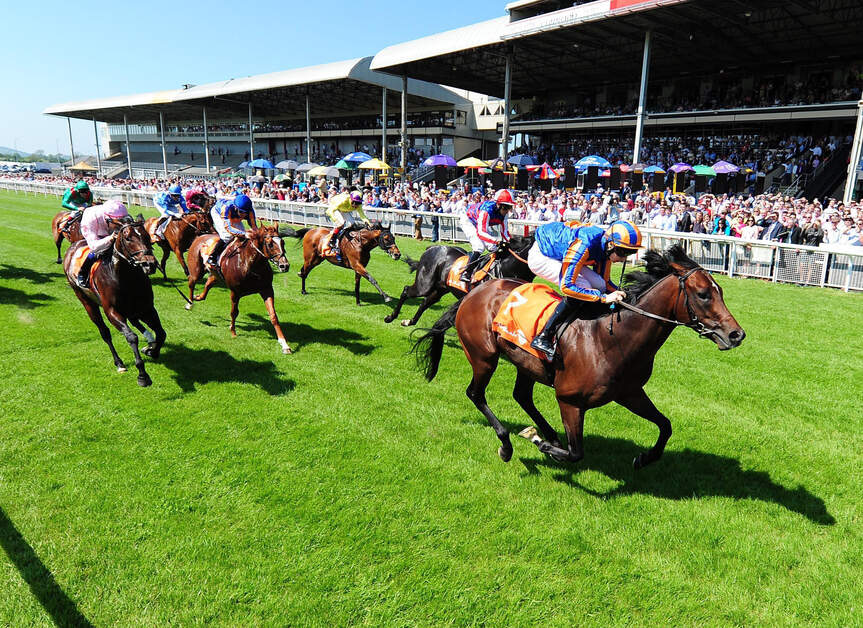
Reach the famous Curragh Racecourse early in the morning and witness the spectacle of long lines of thoroughbreds training across miles of flat, rich plains. Horse racing has been taking place here for millennia, so plan your trip to coincide with a race meet, like Ireland’s oldest flat-racing classic the Irish Derby (July), and watch these wonderful beasts as they pound across these 5,000 acres.
Next, visit the Curragh Military Museum, which illustrates the area’s military history – in their time, these grounds were also used for the Jacobites and their war horses in 1686.
If you have time, make sure to stop in Newbridge, where It’s all glitz and glamour at the Newbridge Silver Museum of Style Icons, which hosts a dazzling exhibition of style from stars including Audrey Hepburn, Marilyn Monroe and Michael Jackson.
44 km
Home sweet home
Castletown House, County Kildare

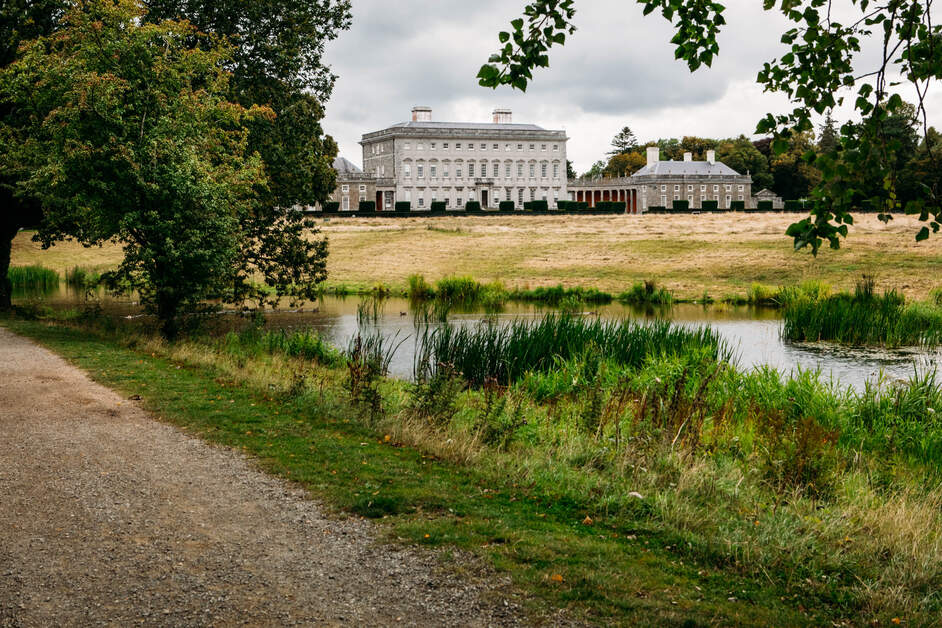
The first and largest Palladian manor in Ireland, this Renaissance-inspired abode in Kildare is a sight to behold. Set on an estate boasting pretty river walks and open parkland, the house itself is flanked by two extravagant wings. The builder of the house, William Conolly, was involved in some dubious deals during the Williamite War in Ireland (1688-1691) which earned him a colossal fortune. When he died, Conolly was one of the richest men on the island and owned a staggering 100,000 acres of land.
At the heart of this acreage was Castletown House. Fancy staying the night? Castletown Round House was built as one of three gate lodges for the mansion of the same name, and this cute 18th century lodging offers overnight accommodation for those looking for a touch of luxury.
When you wake up, you can visit the urban hub of Dublin city, or explore more of Ireland's Ancient East.





